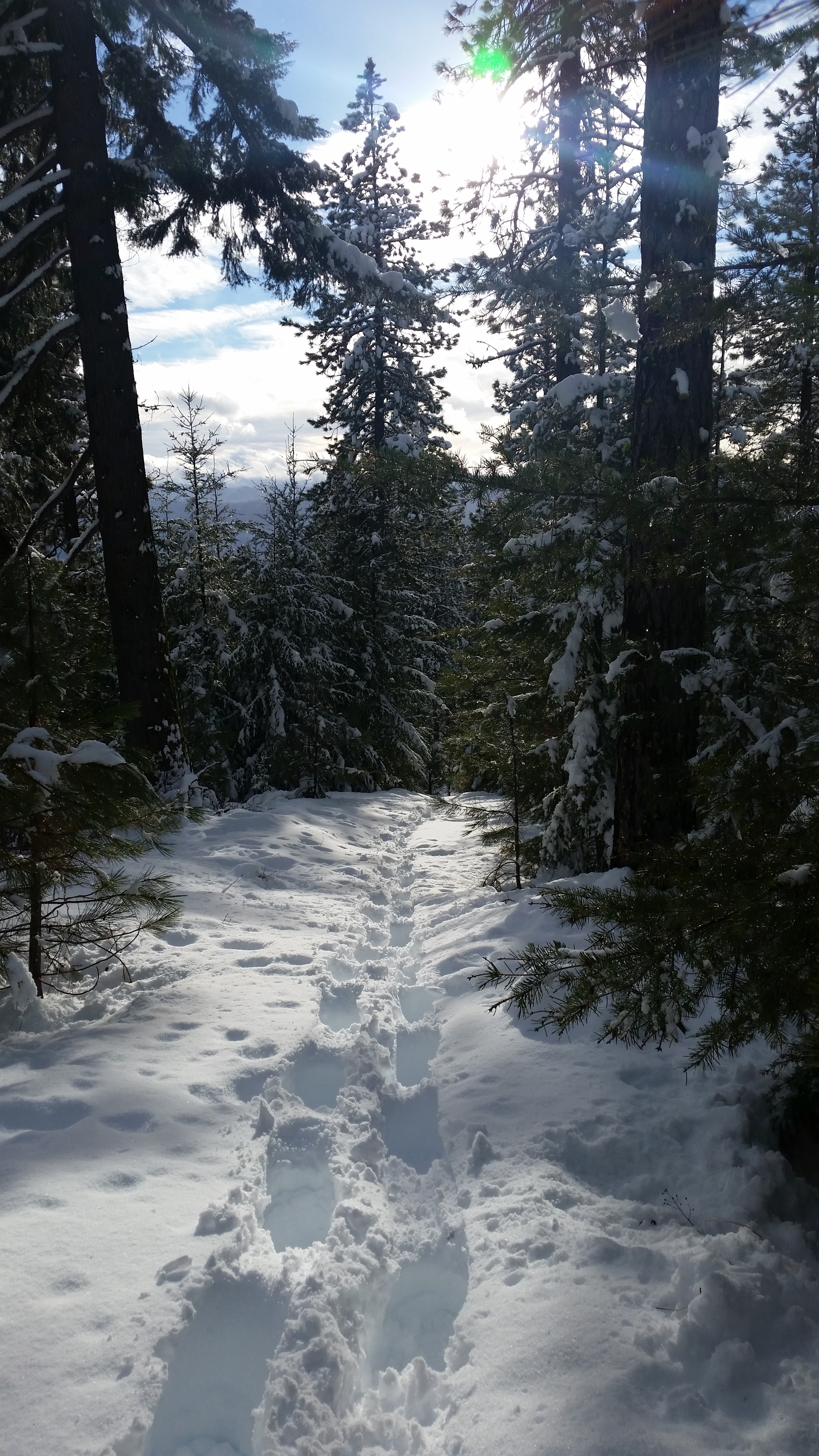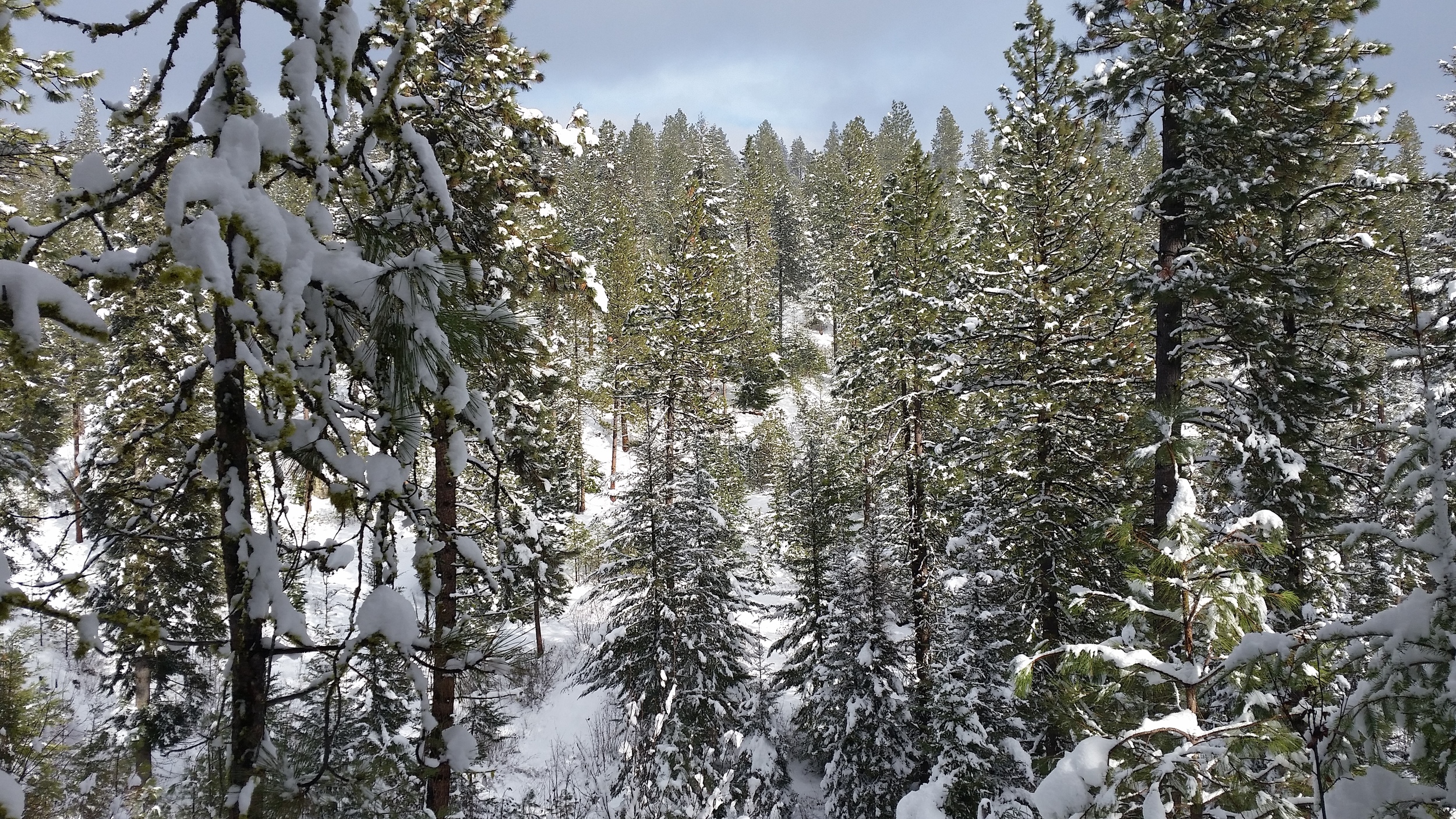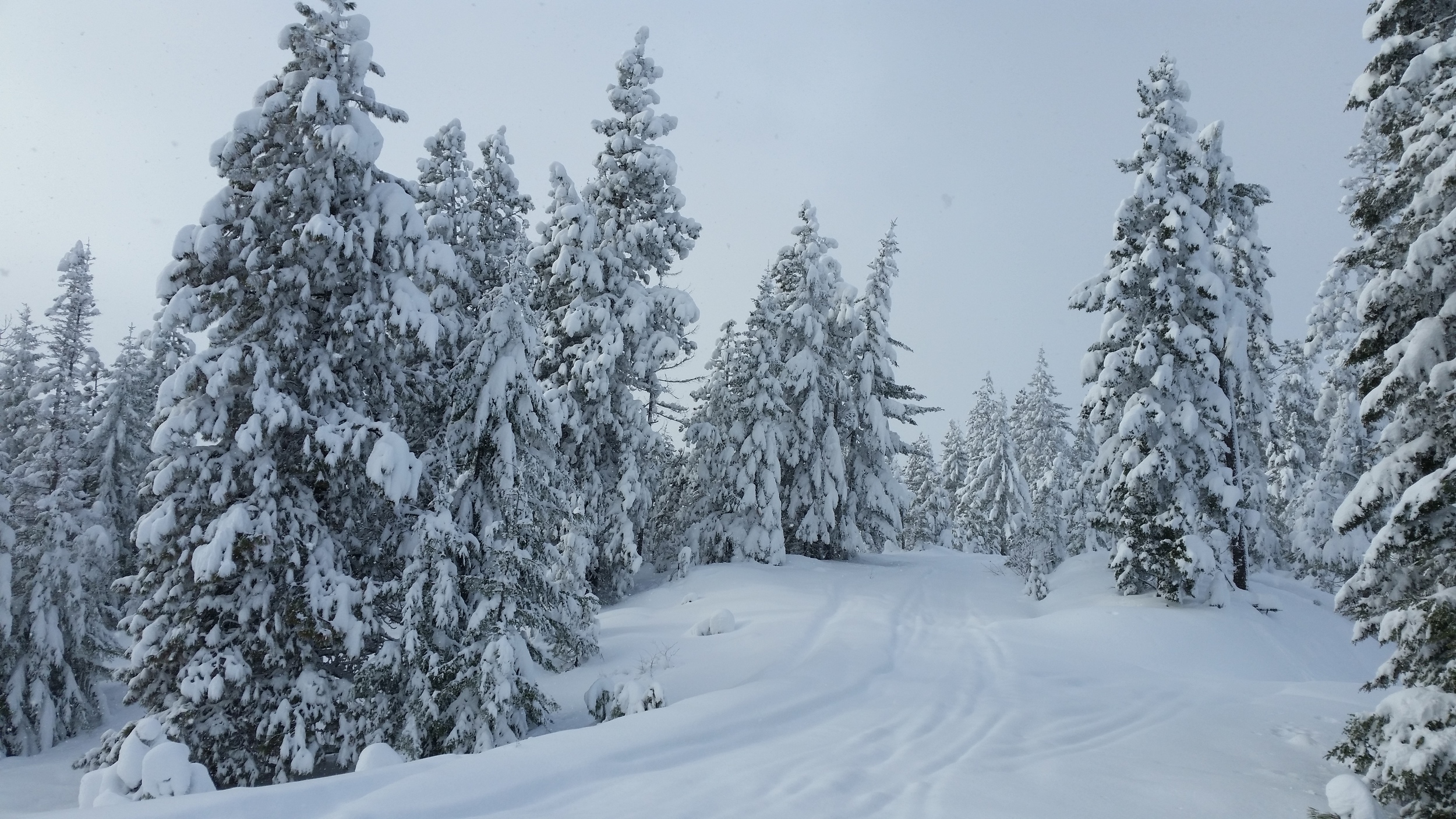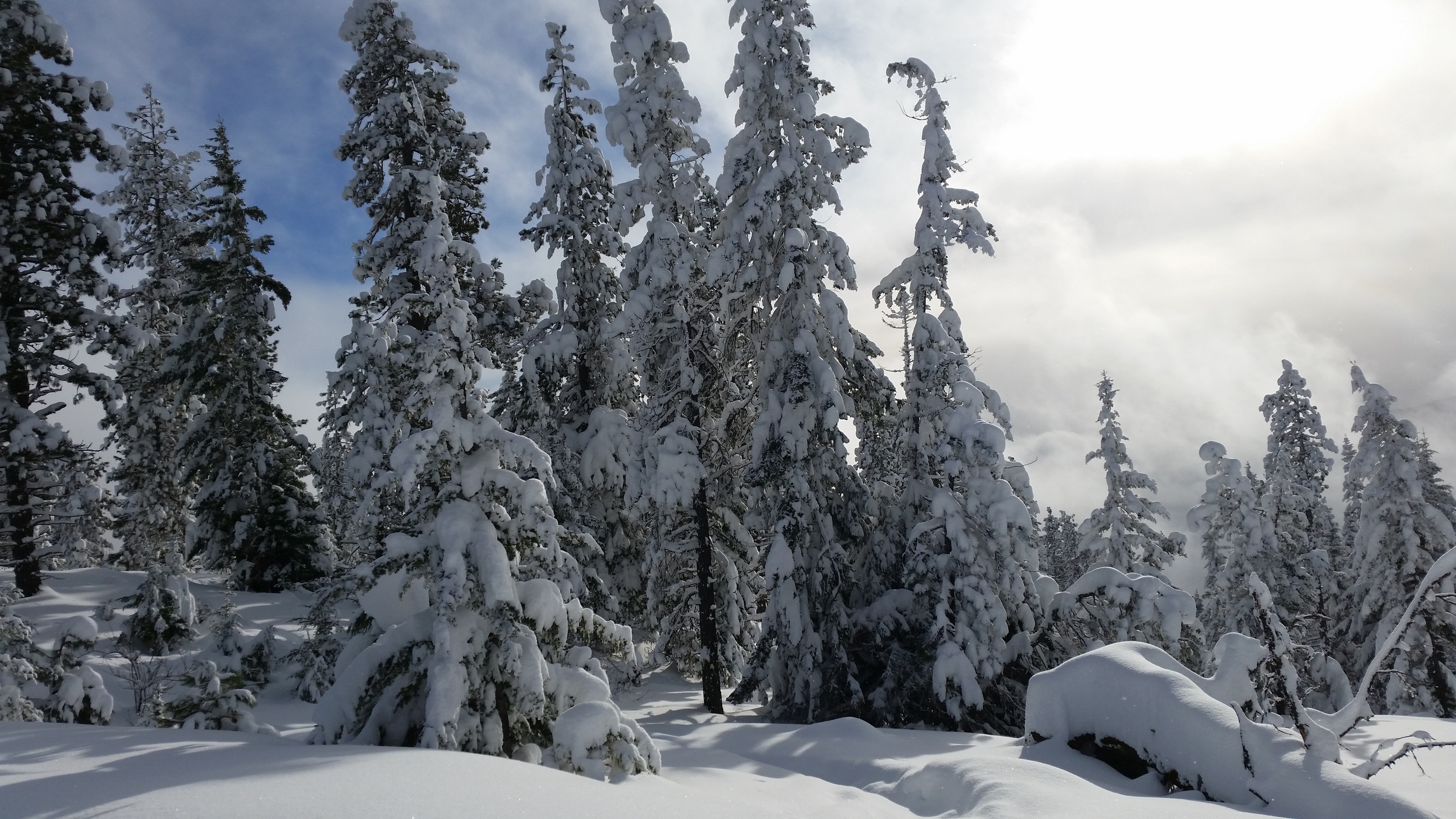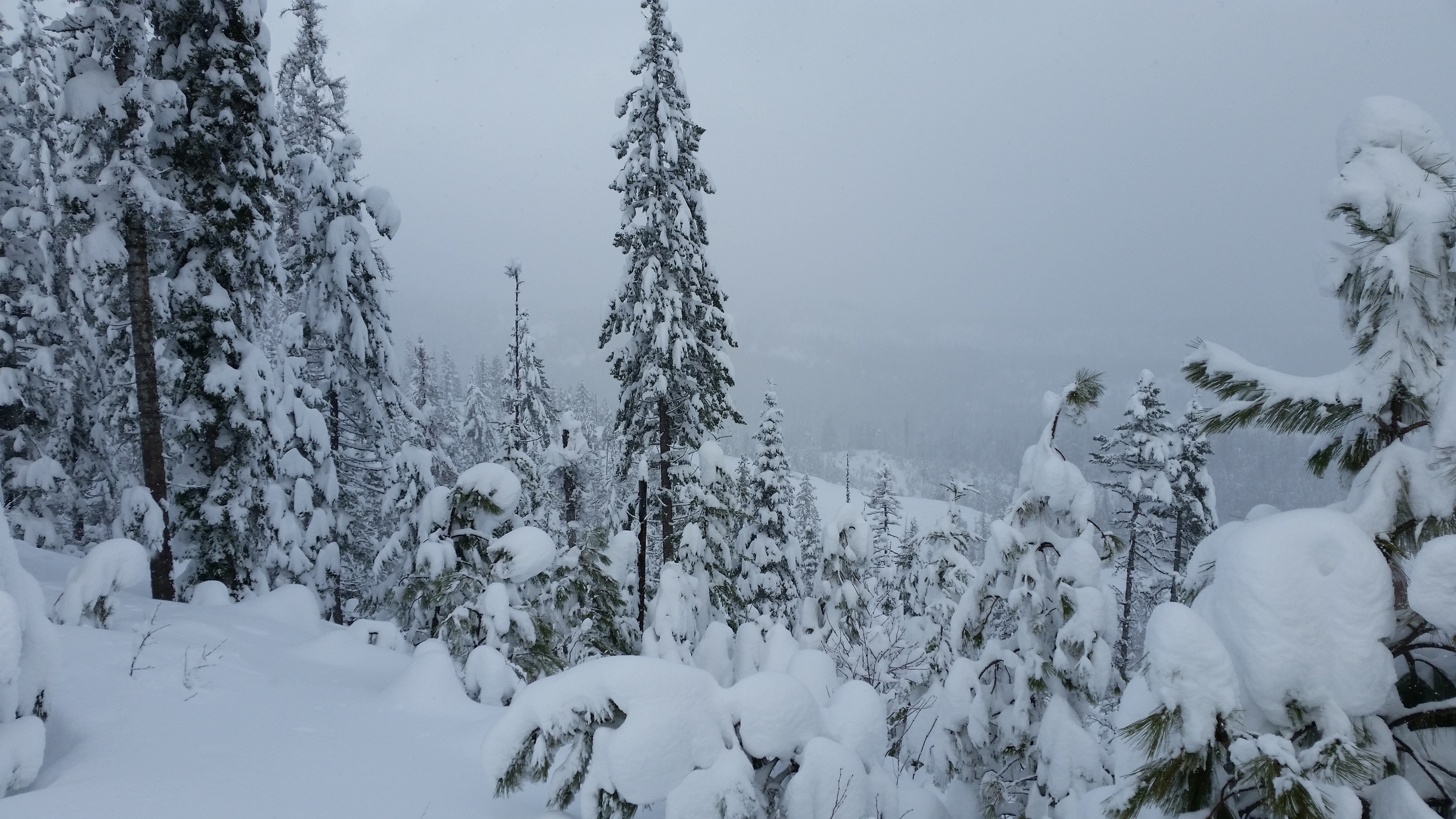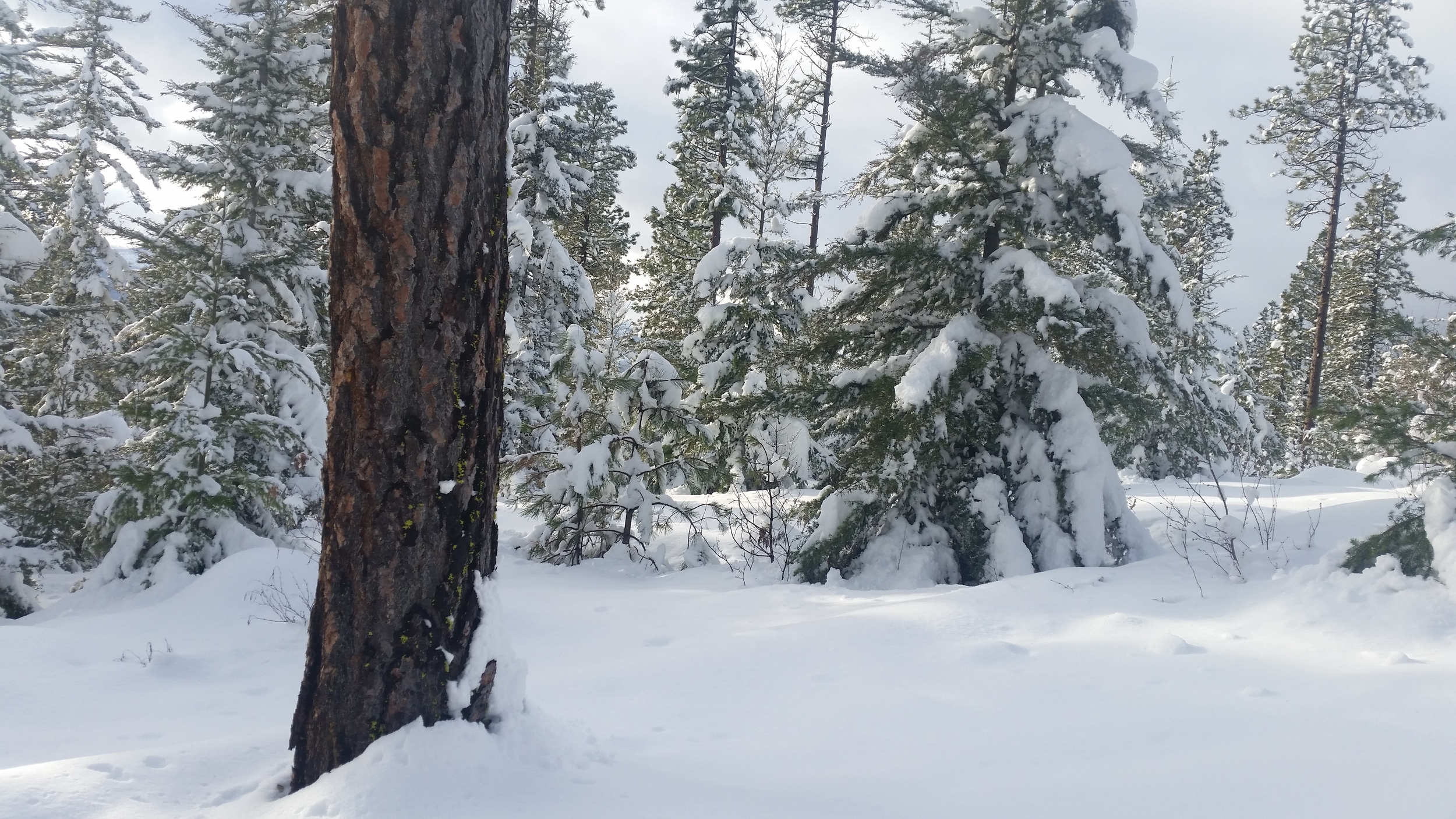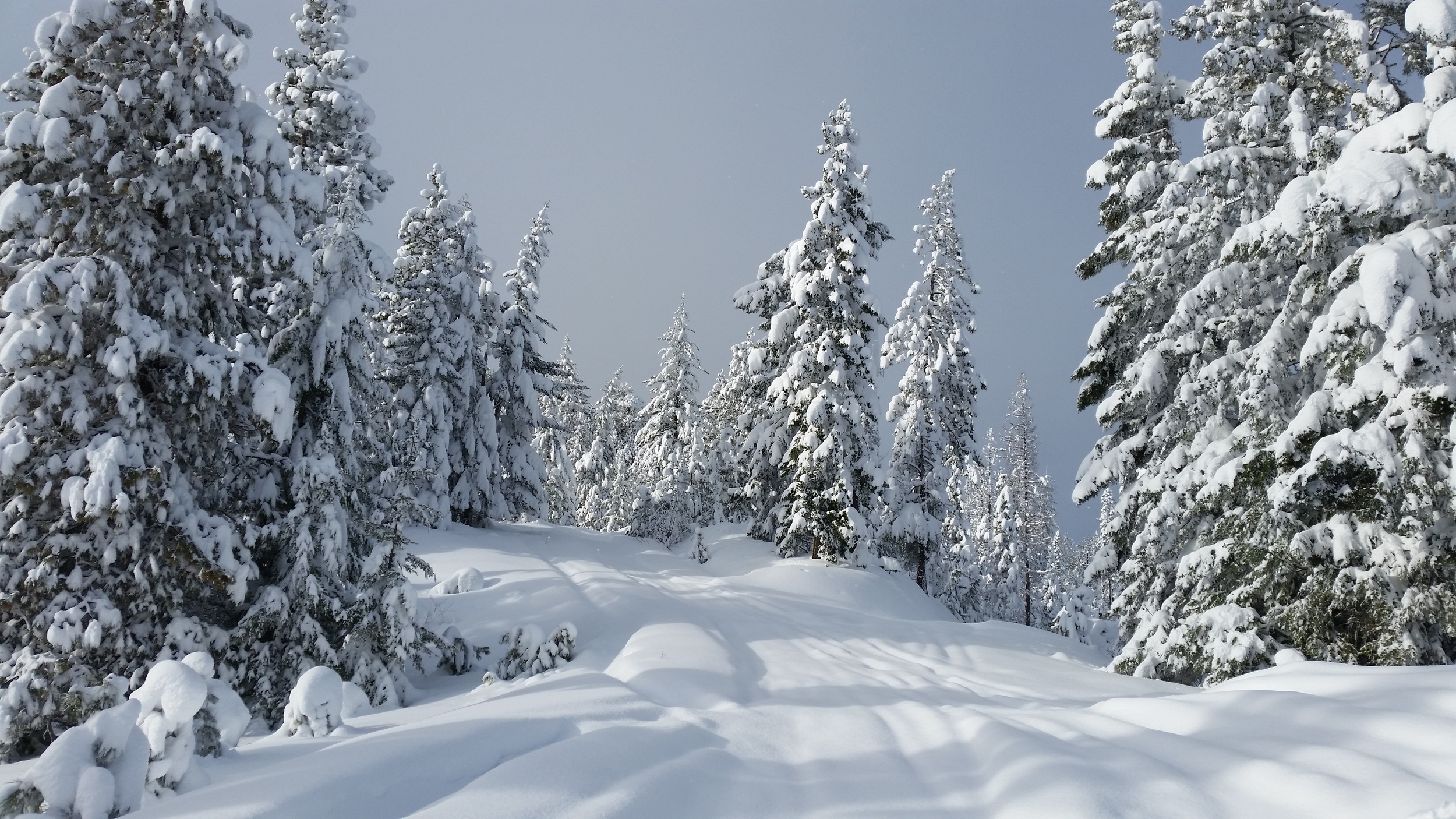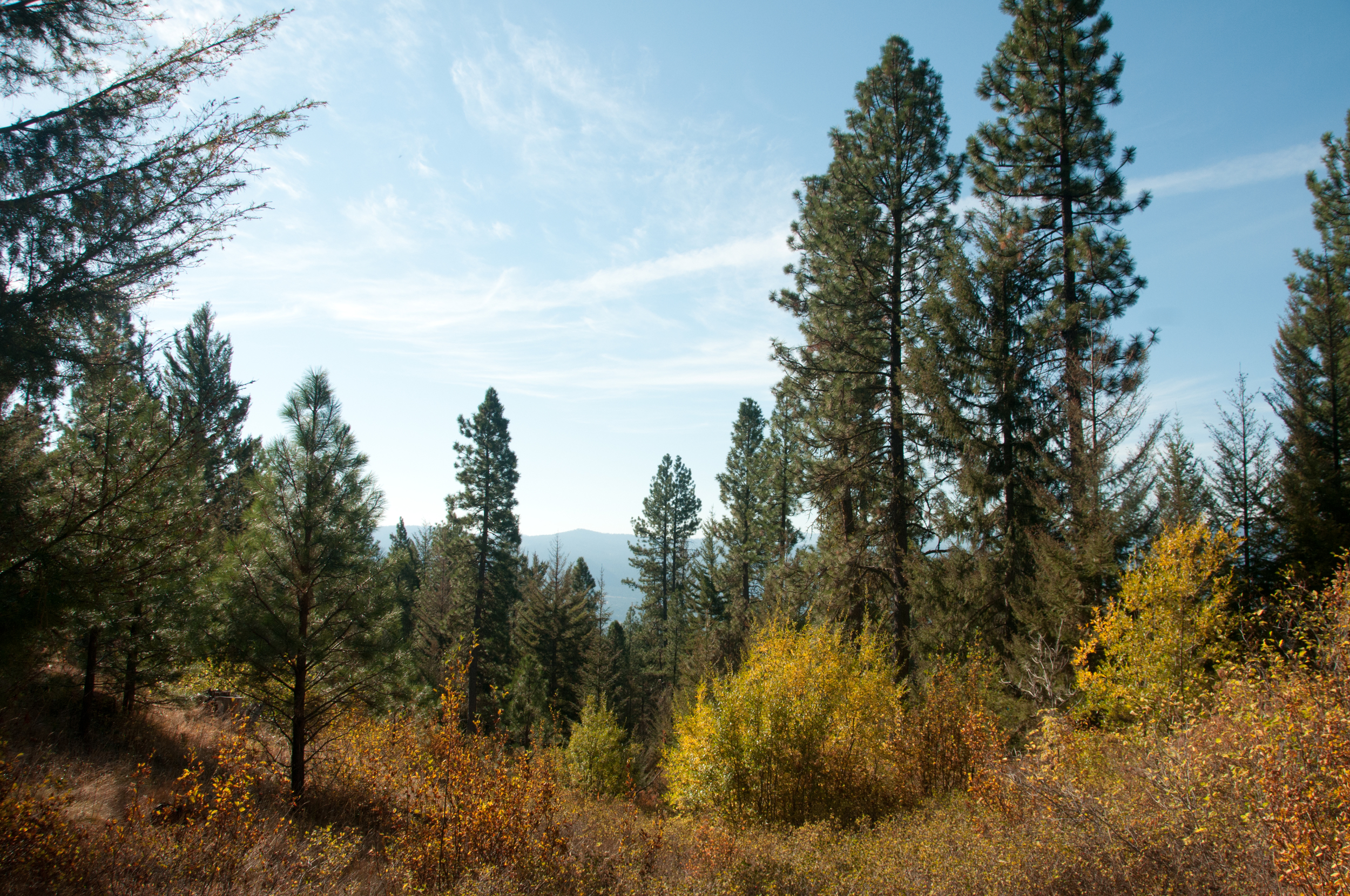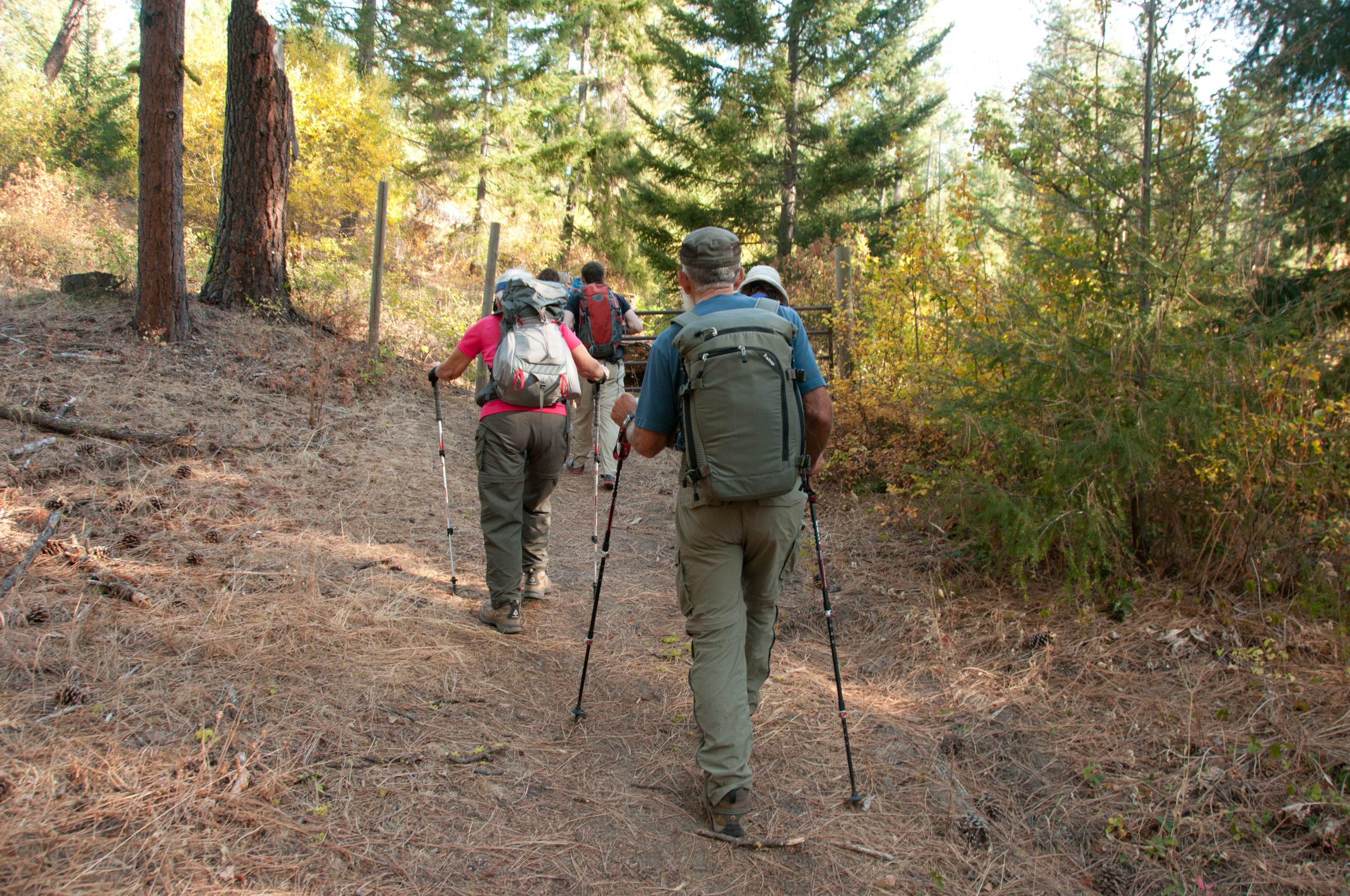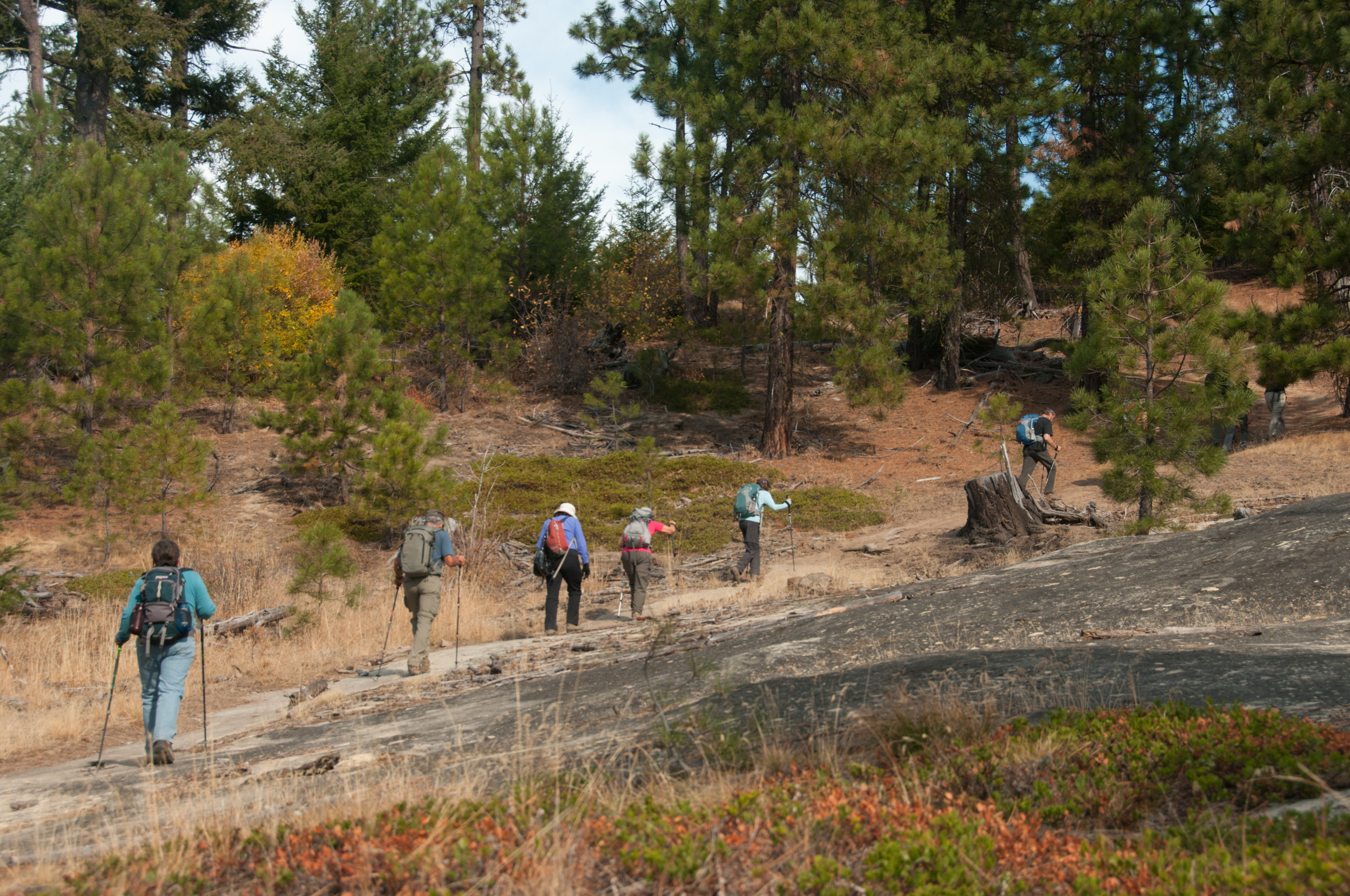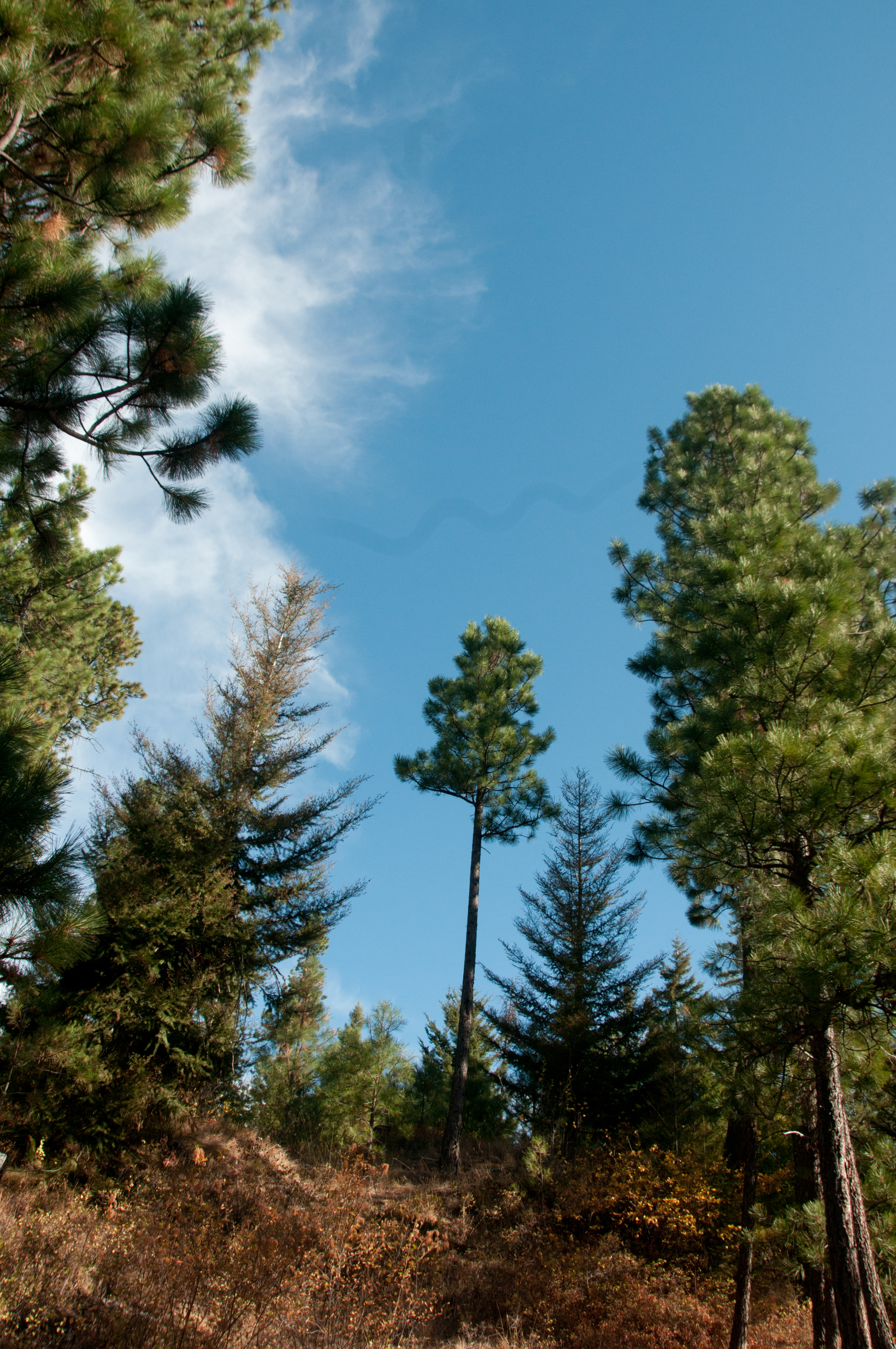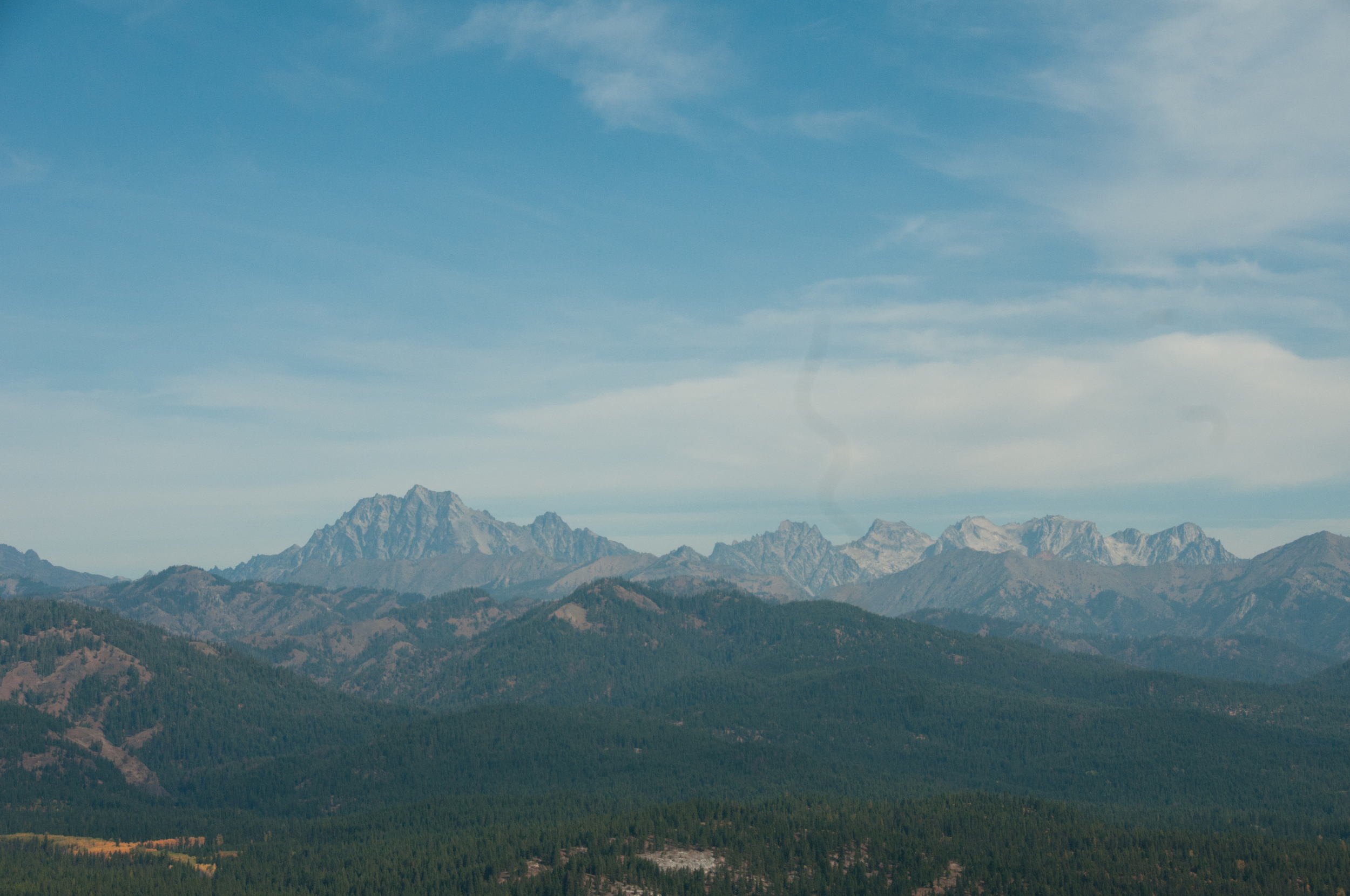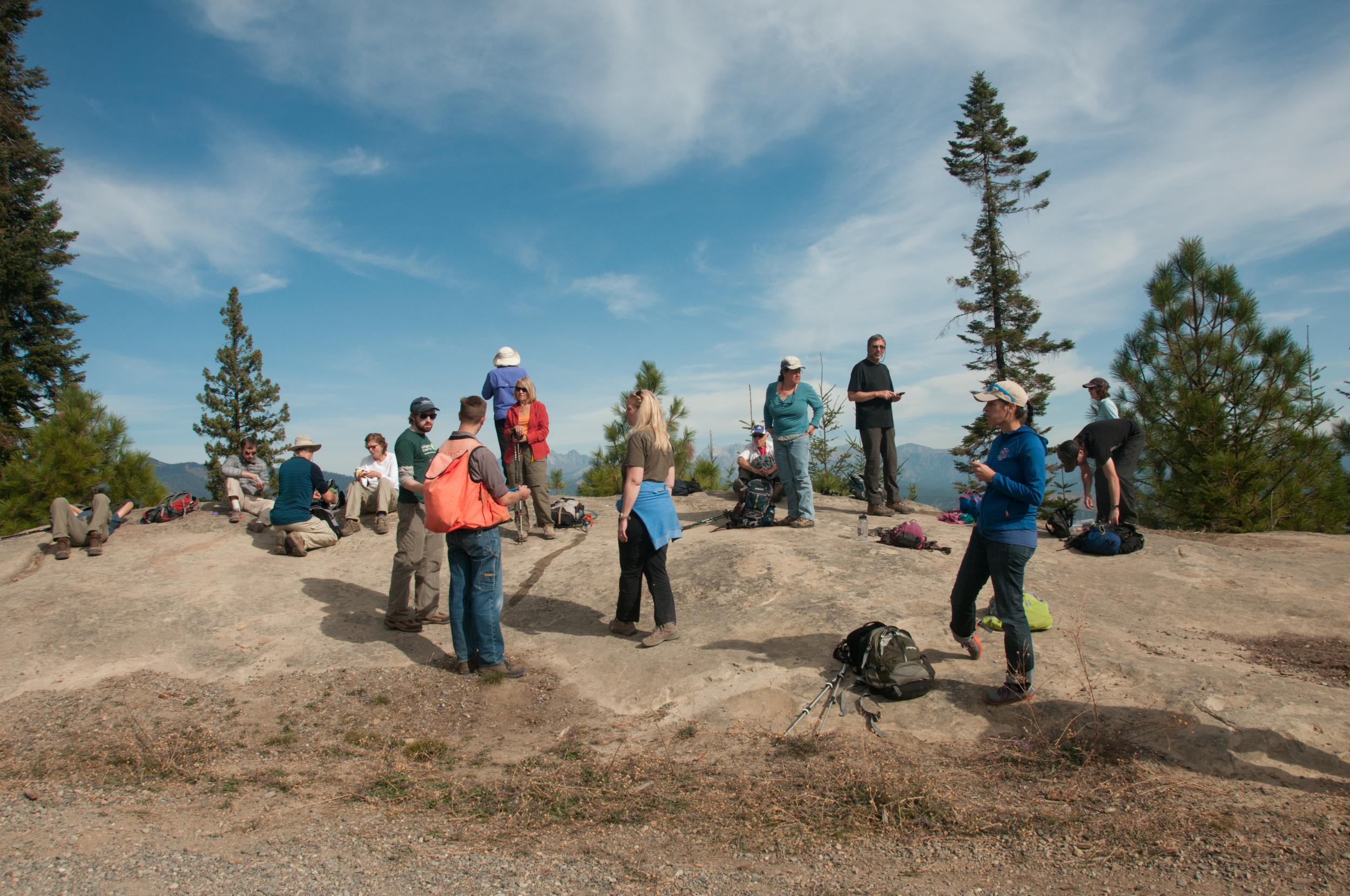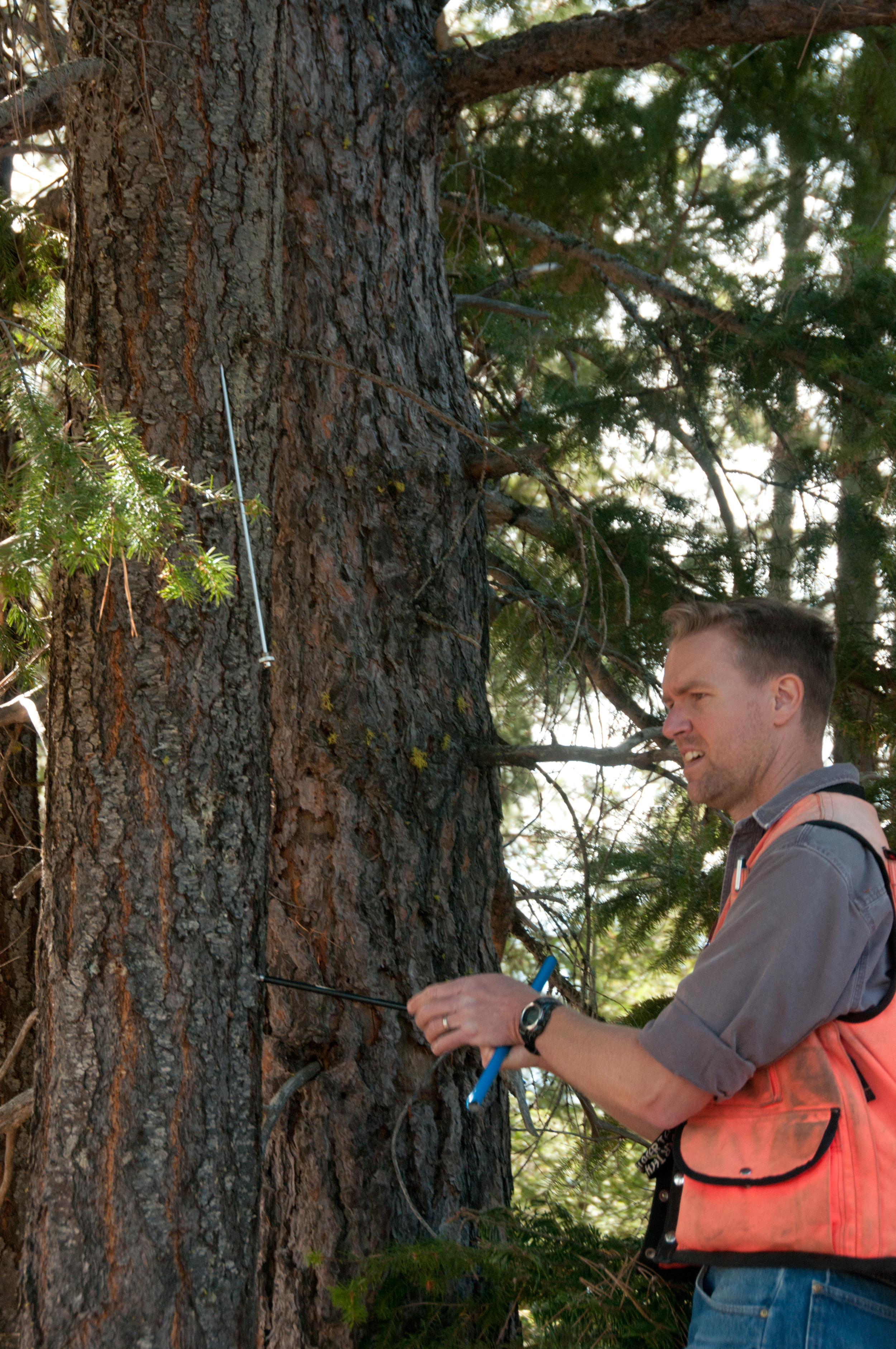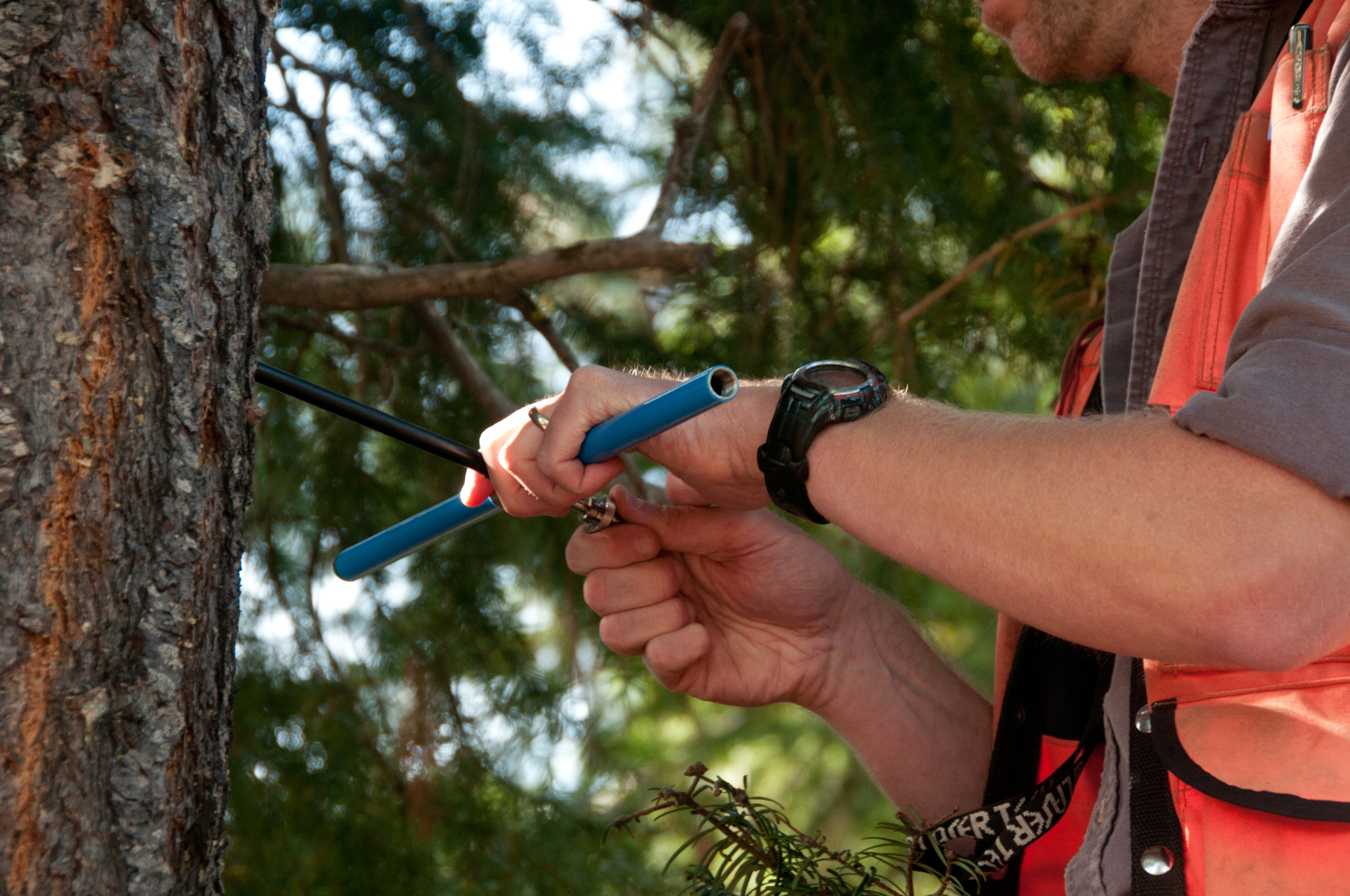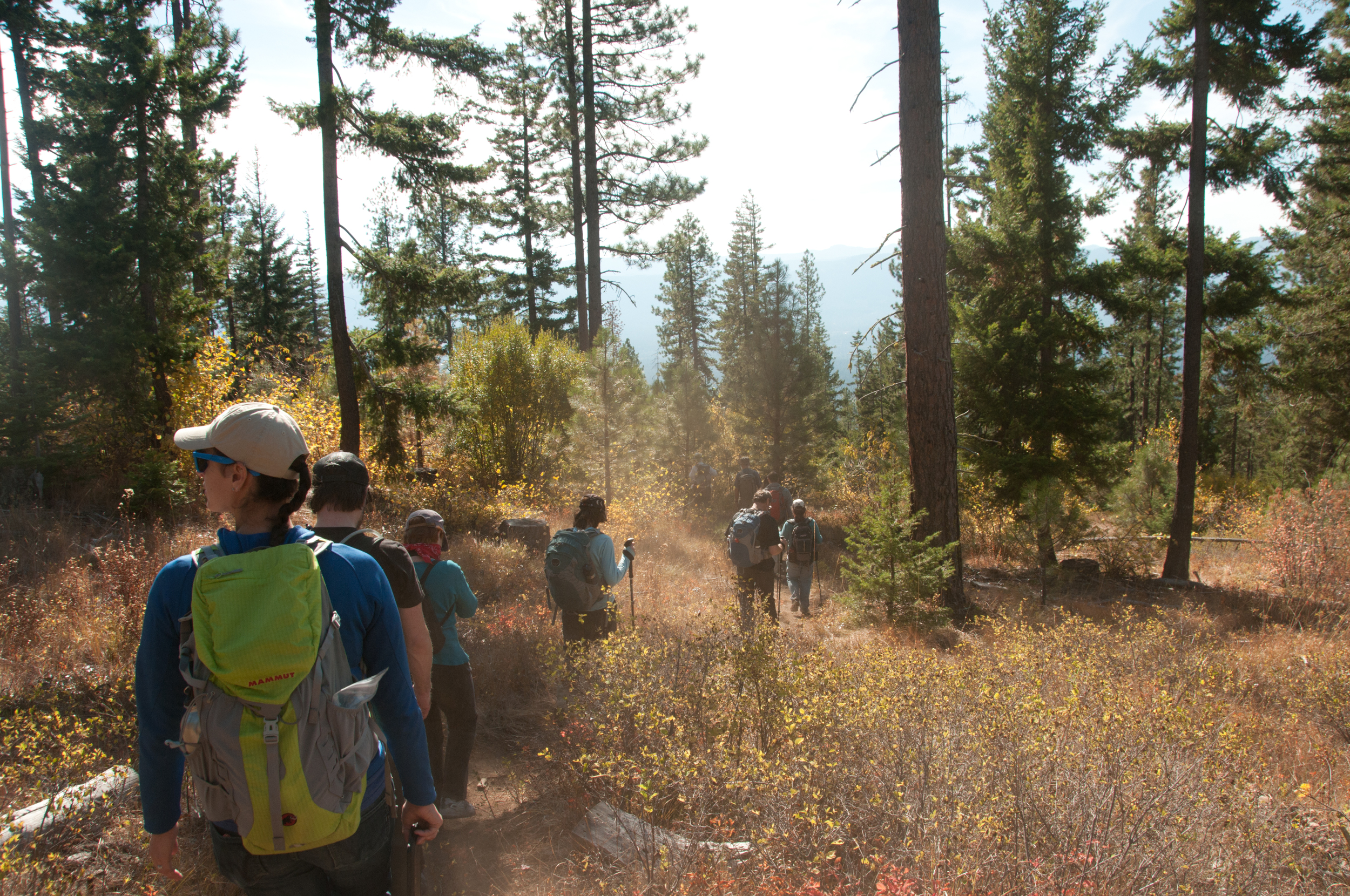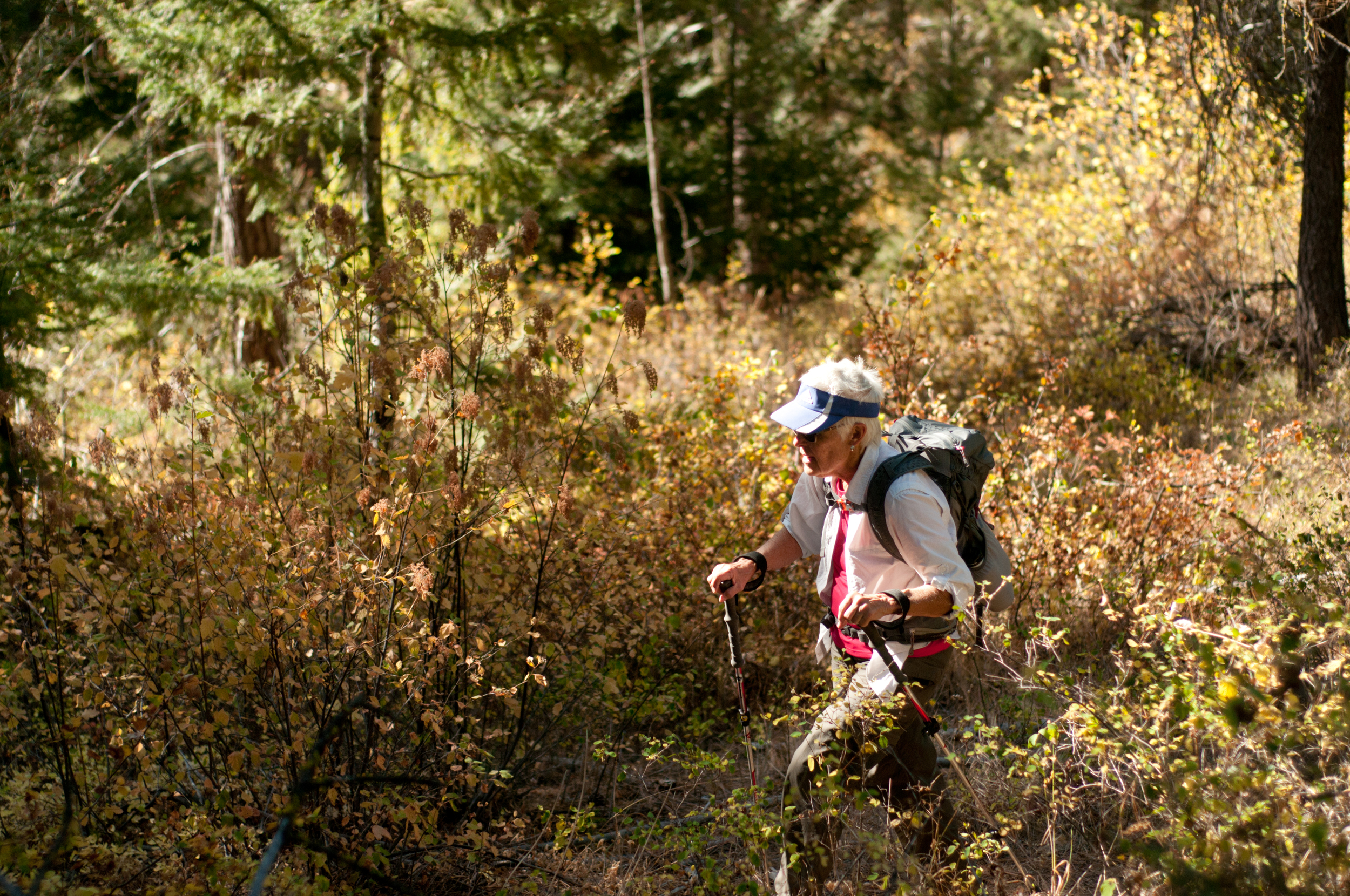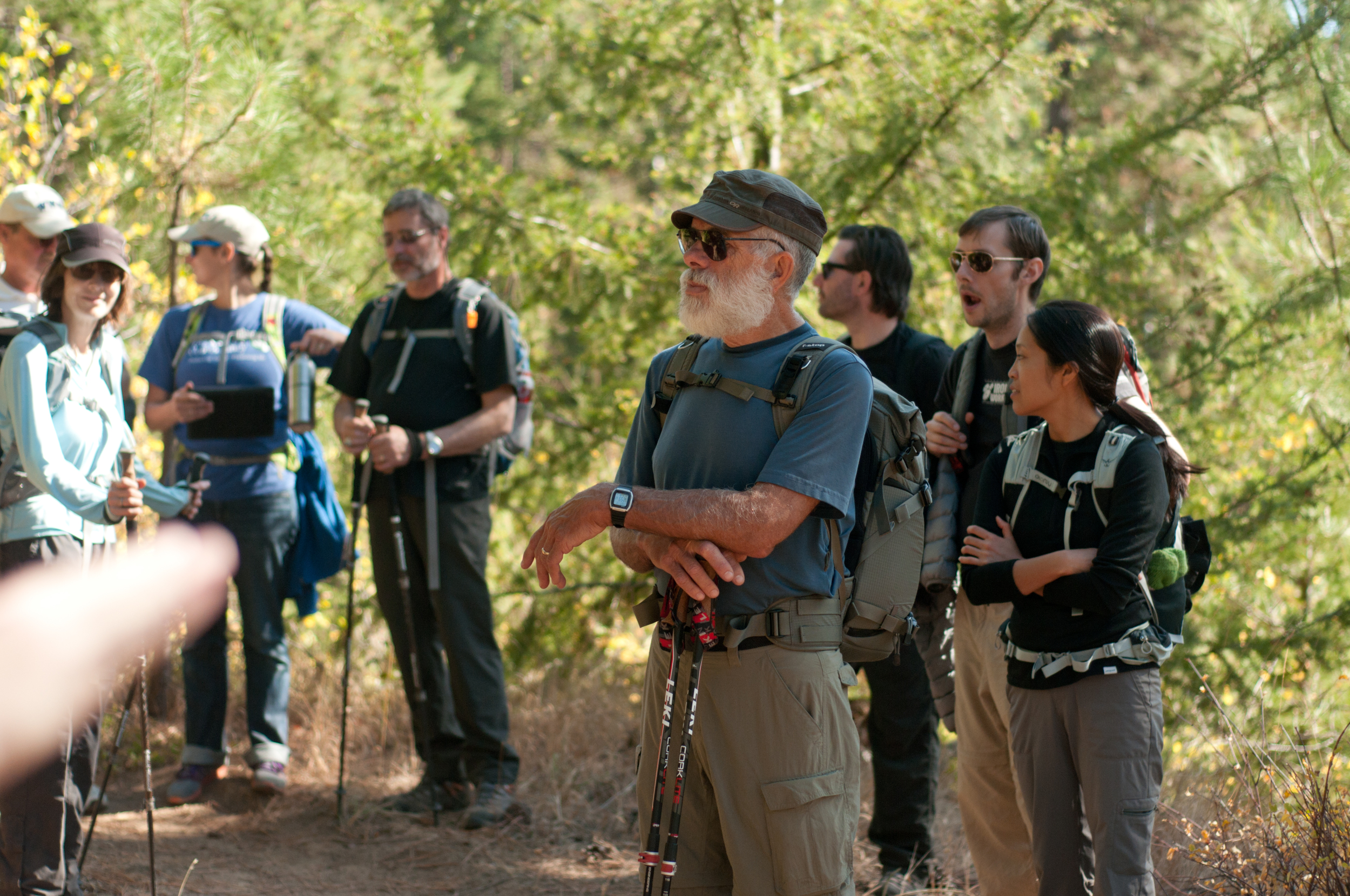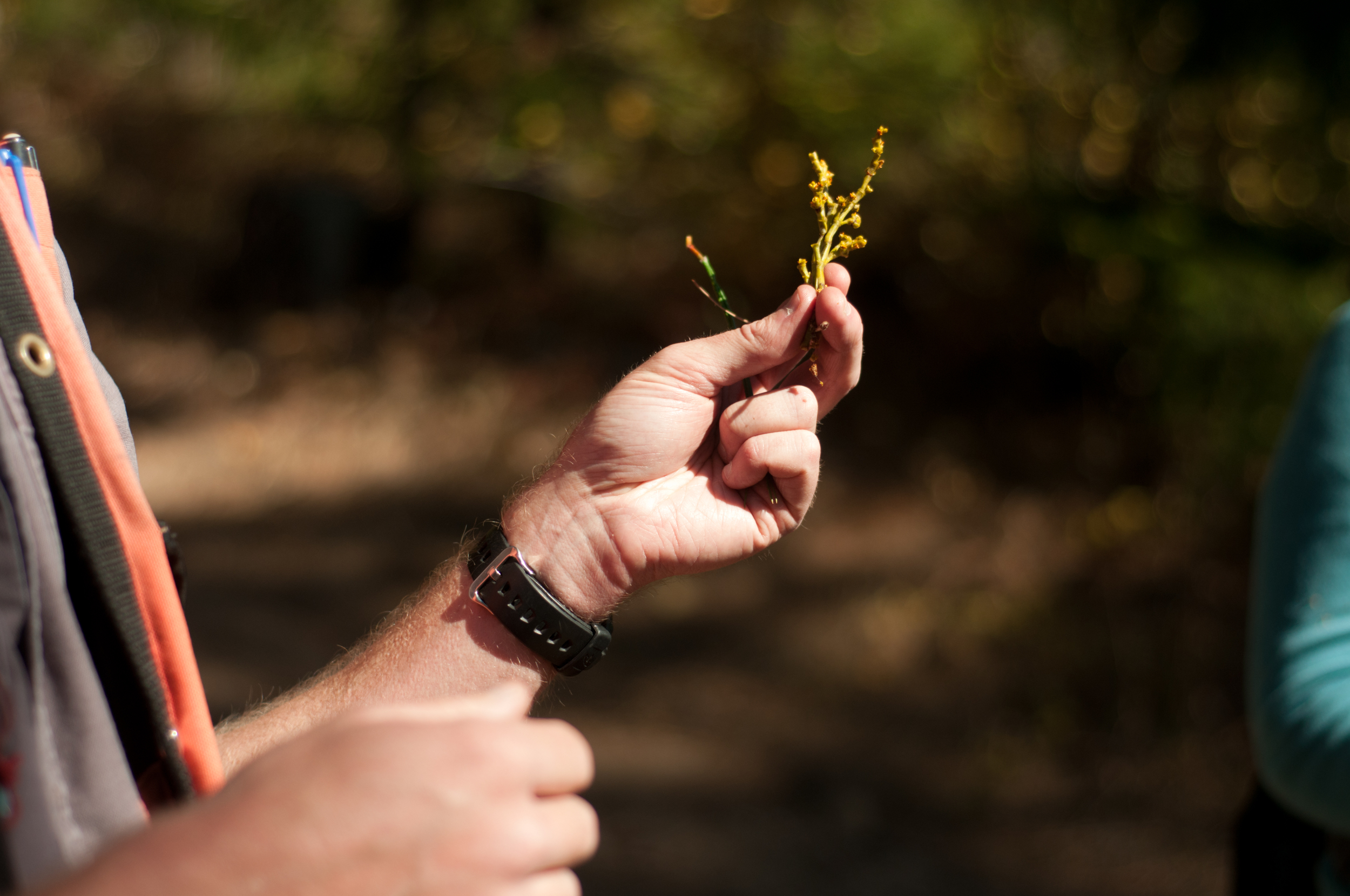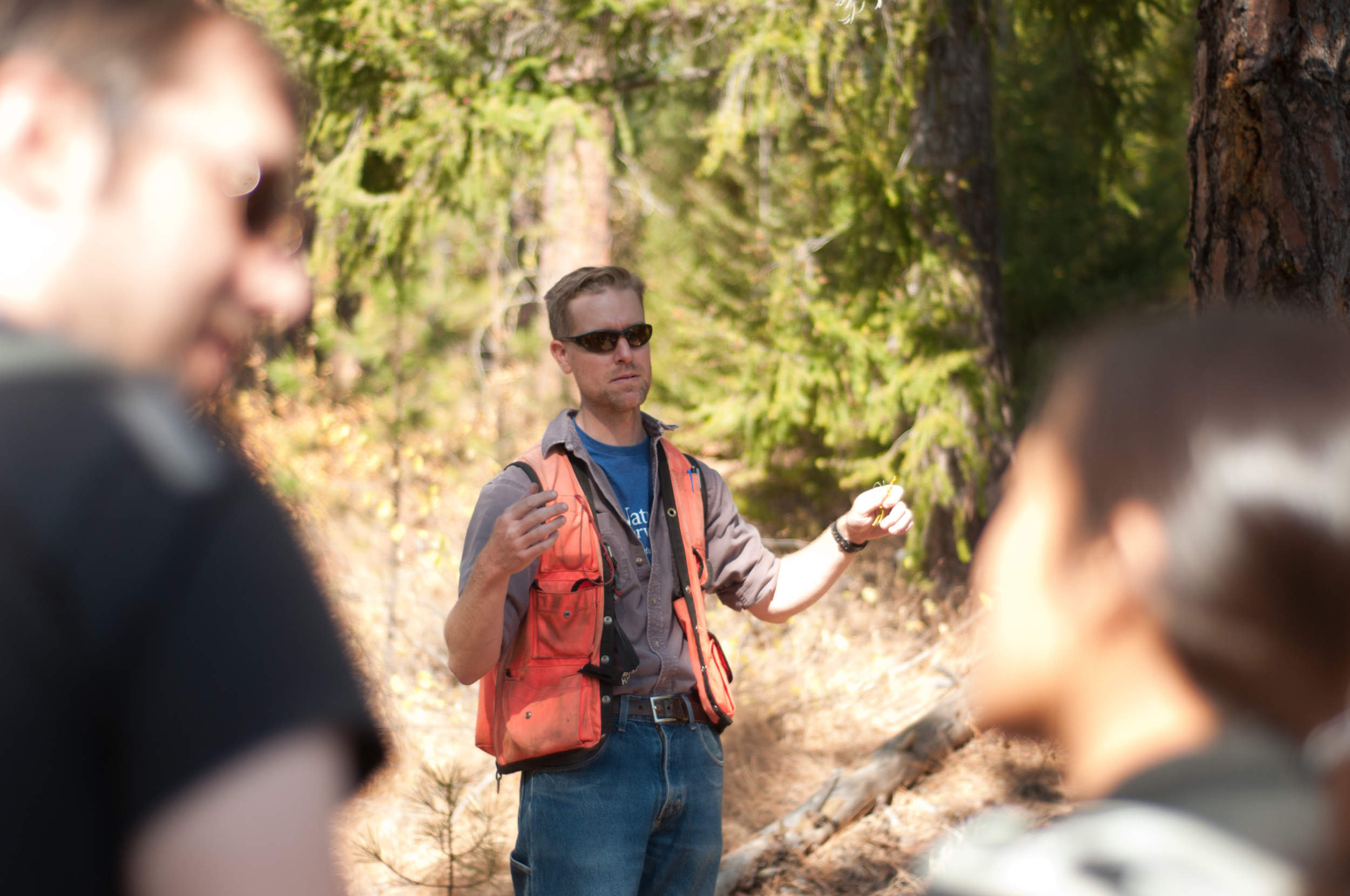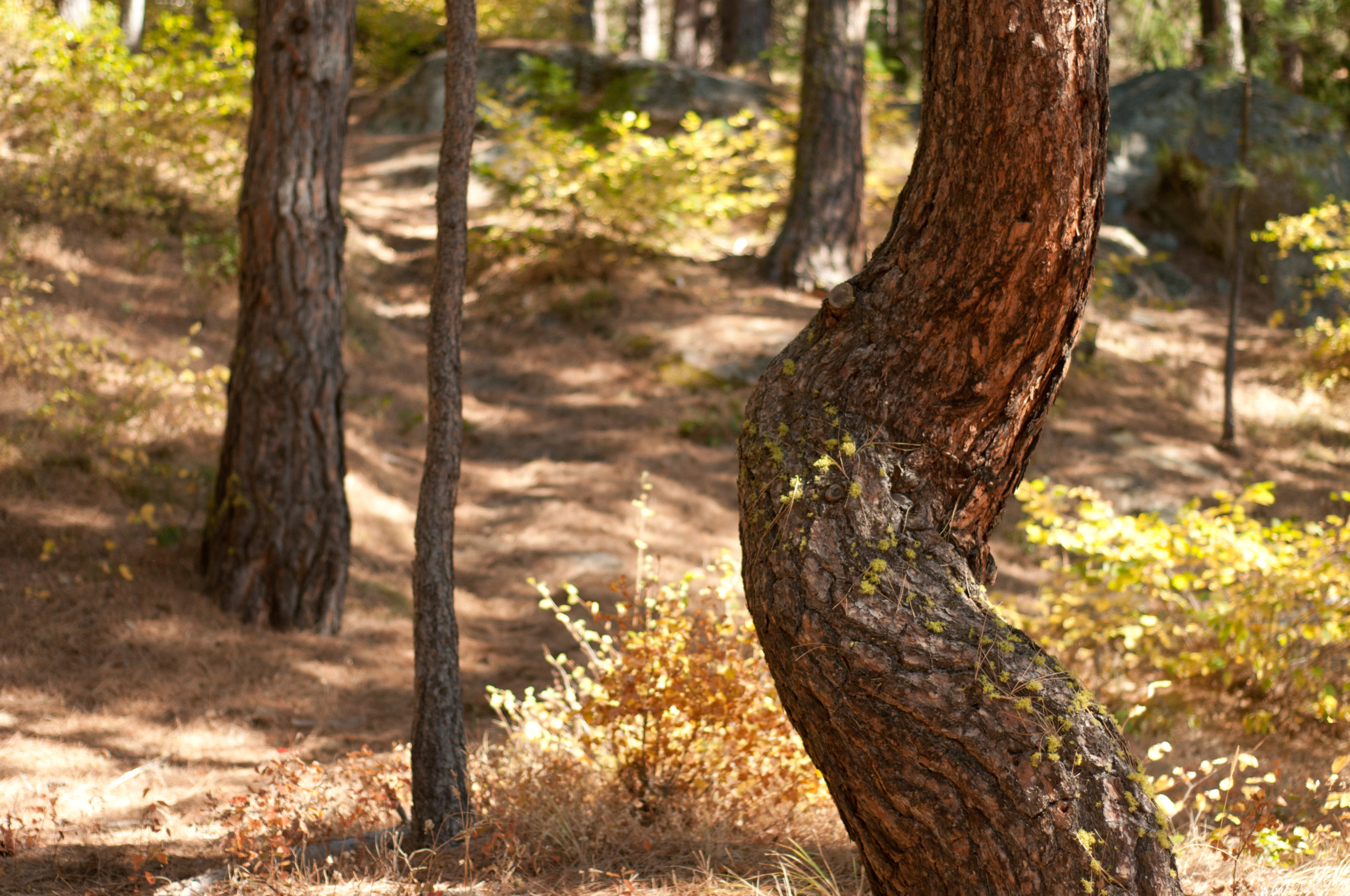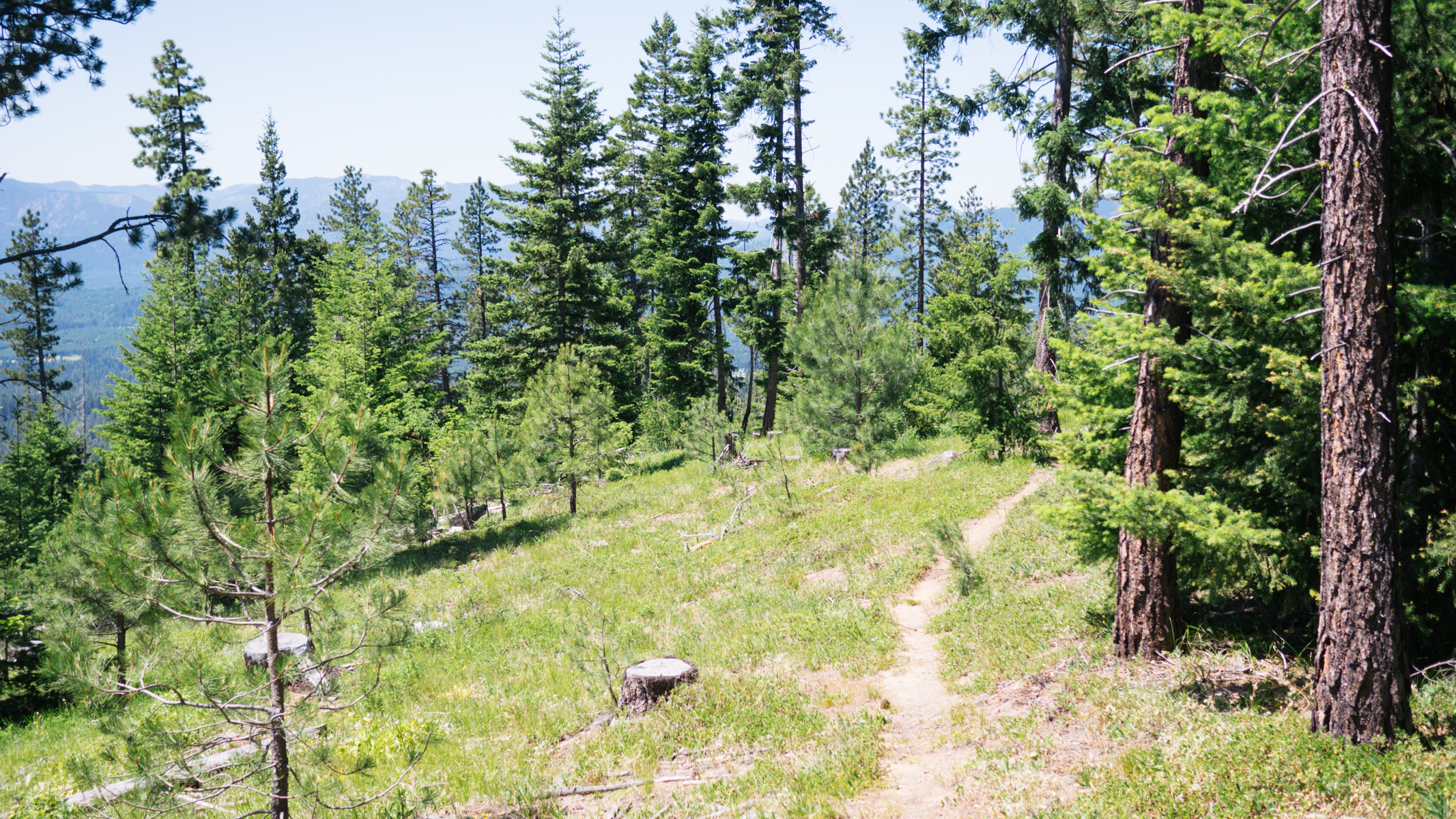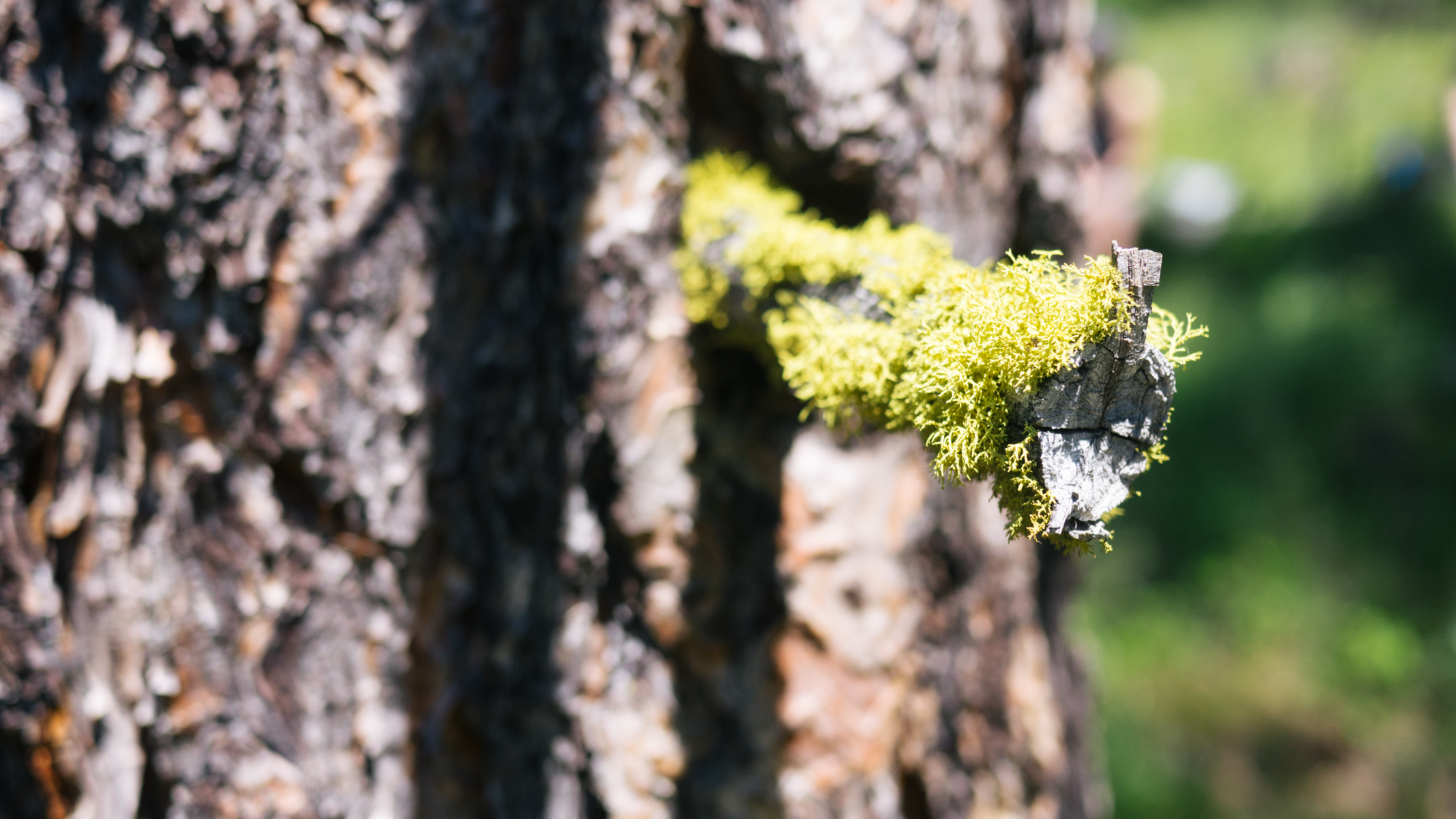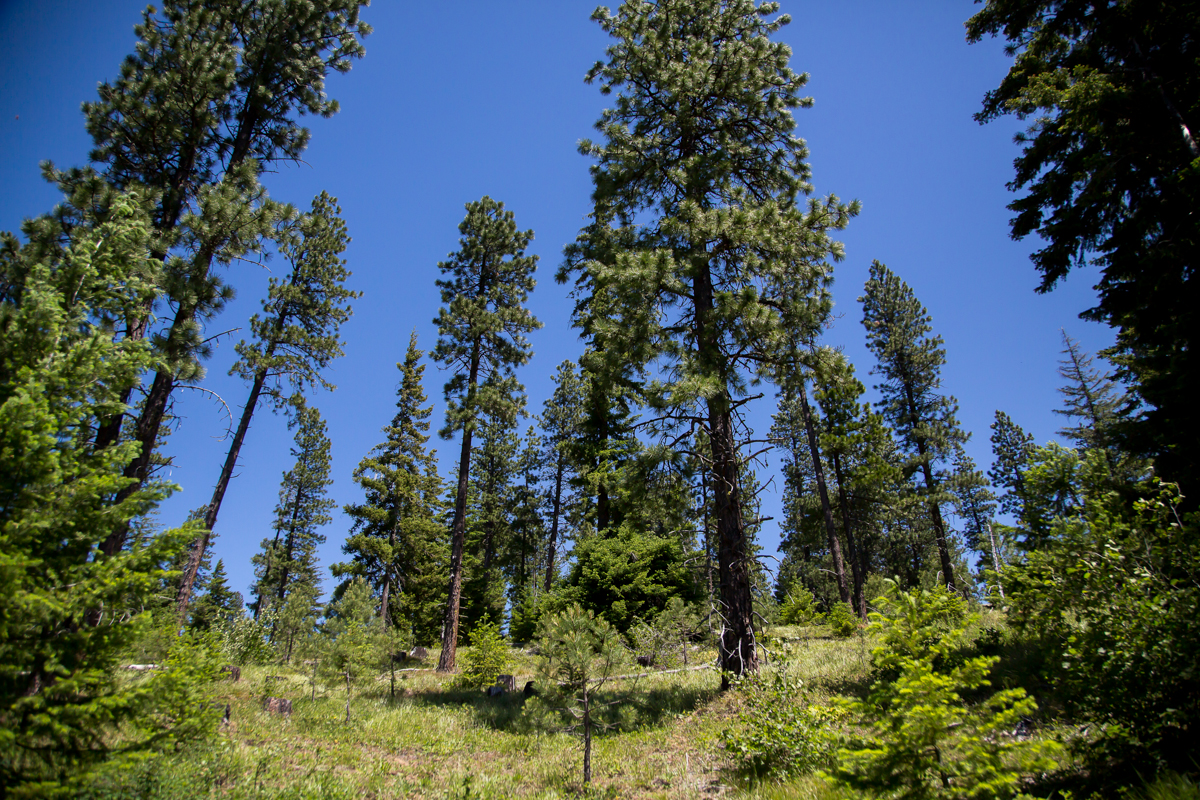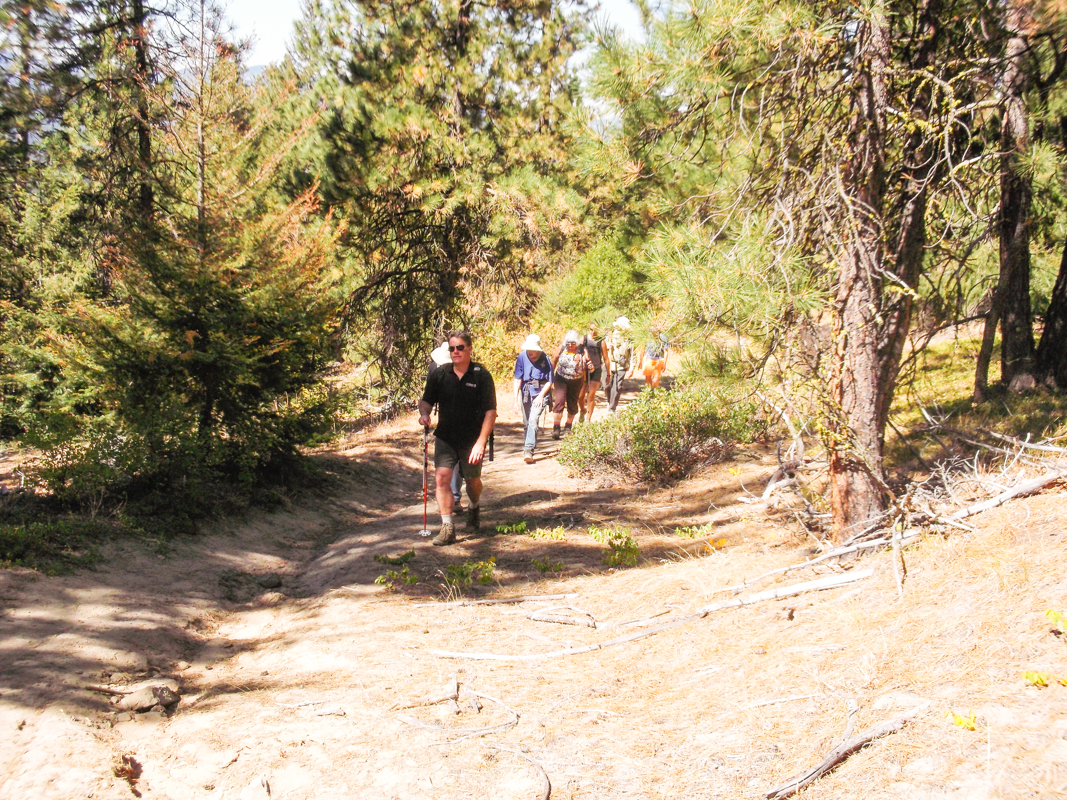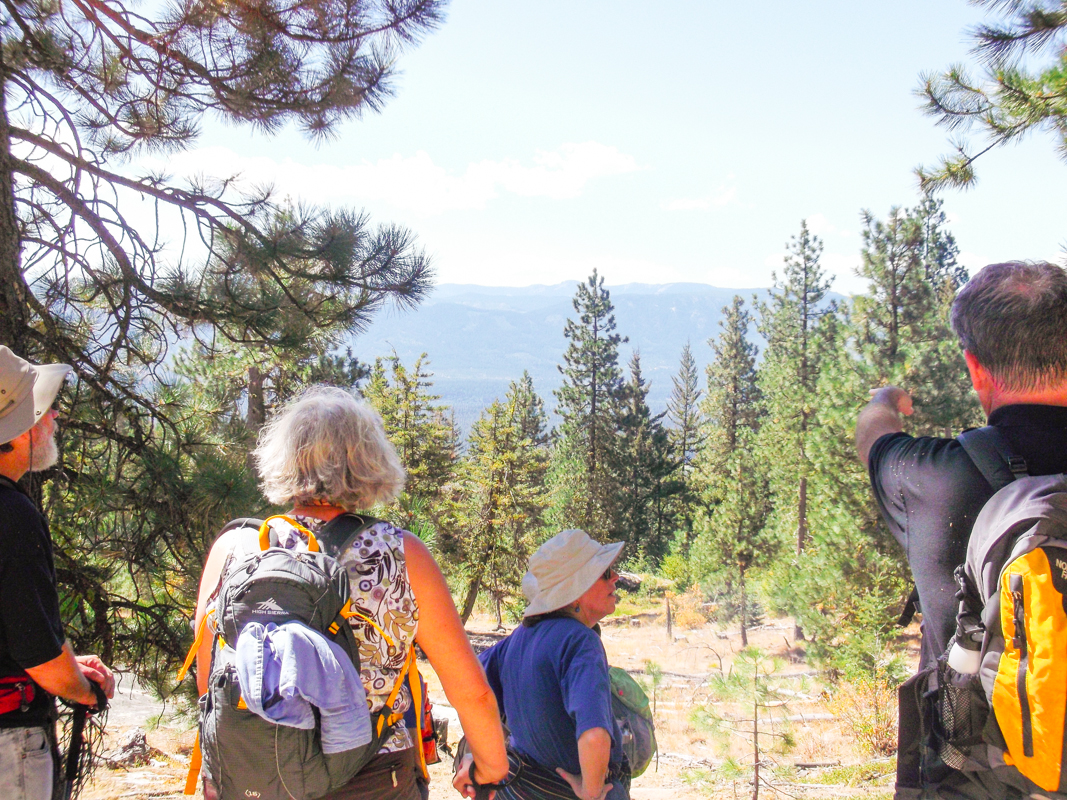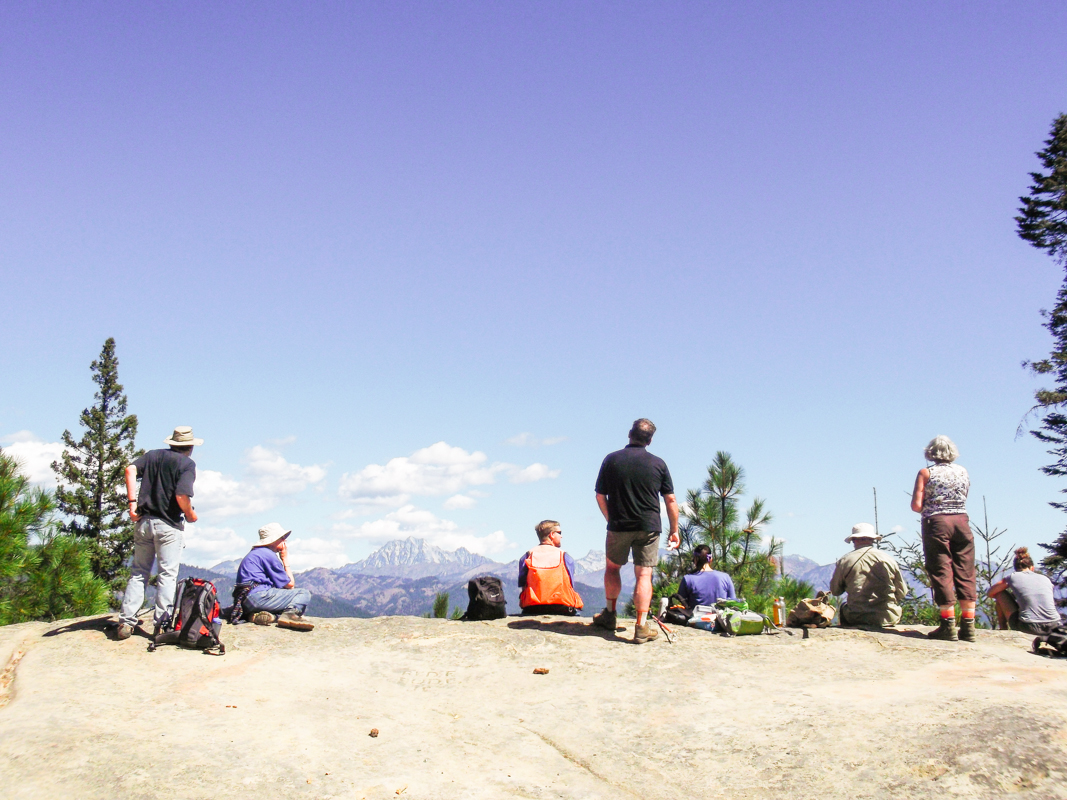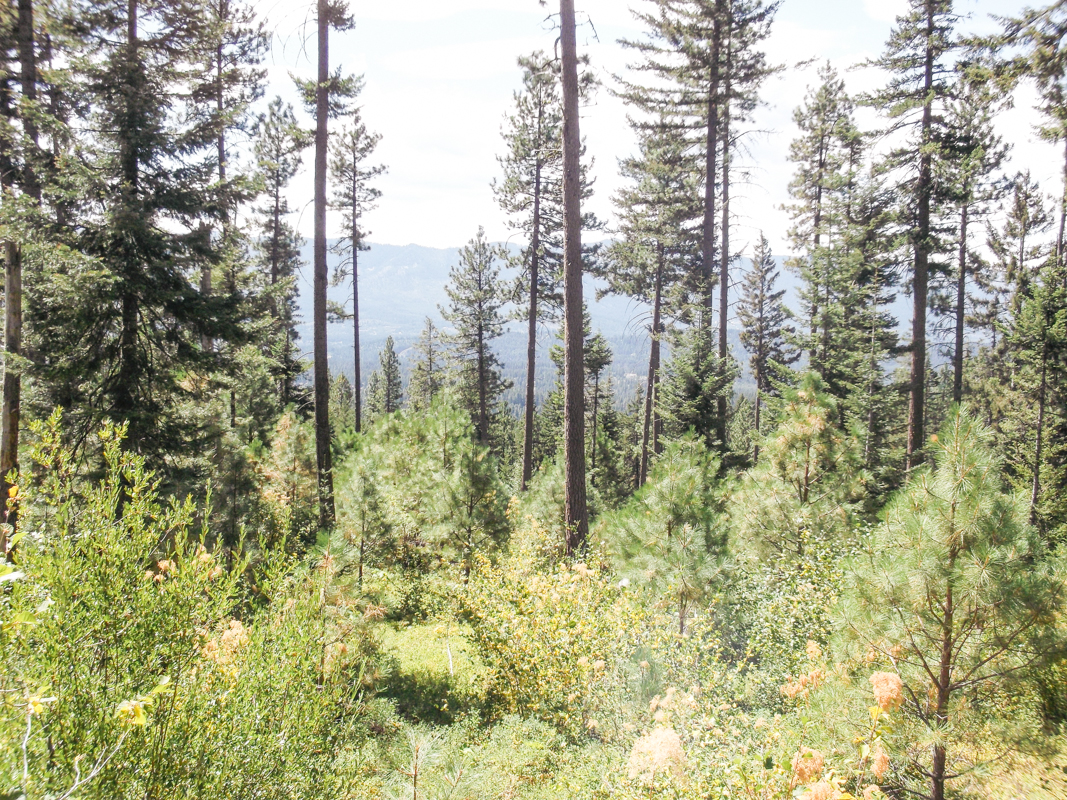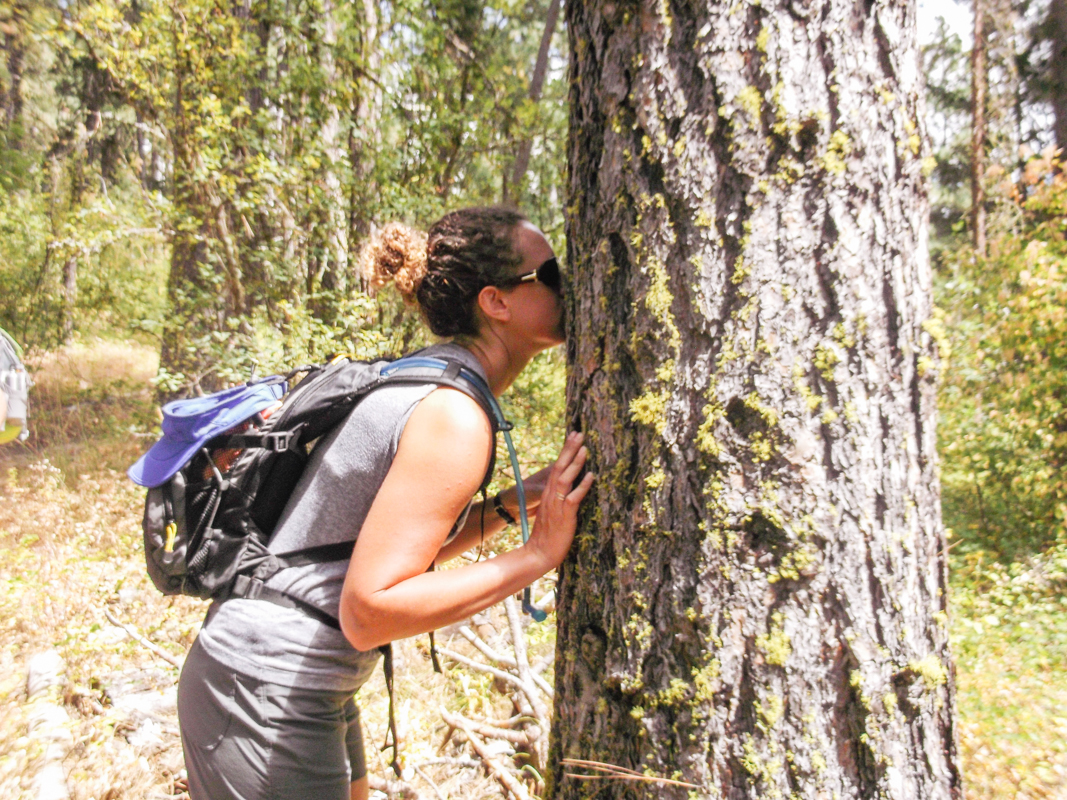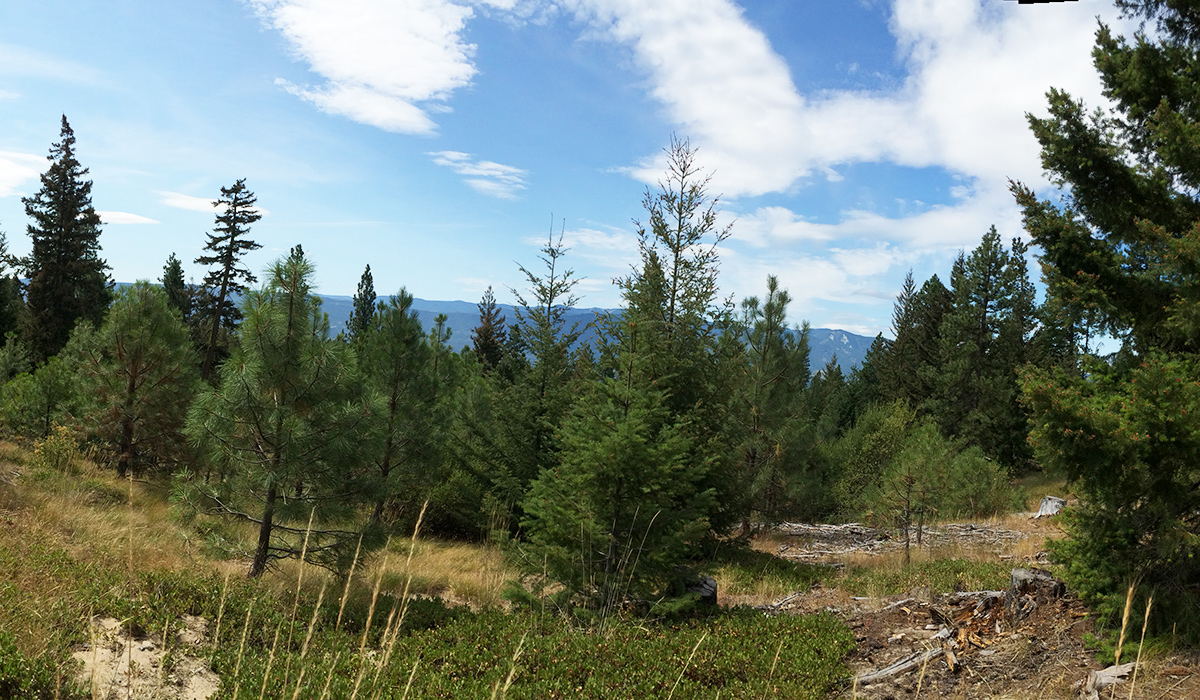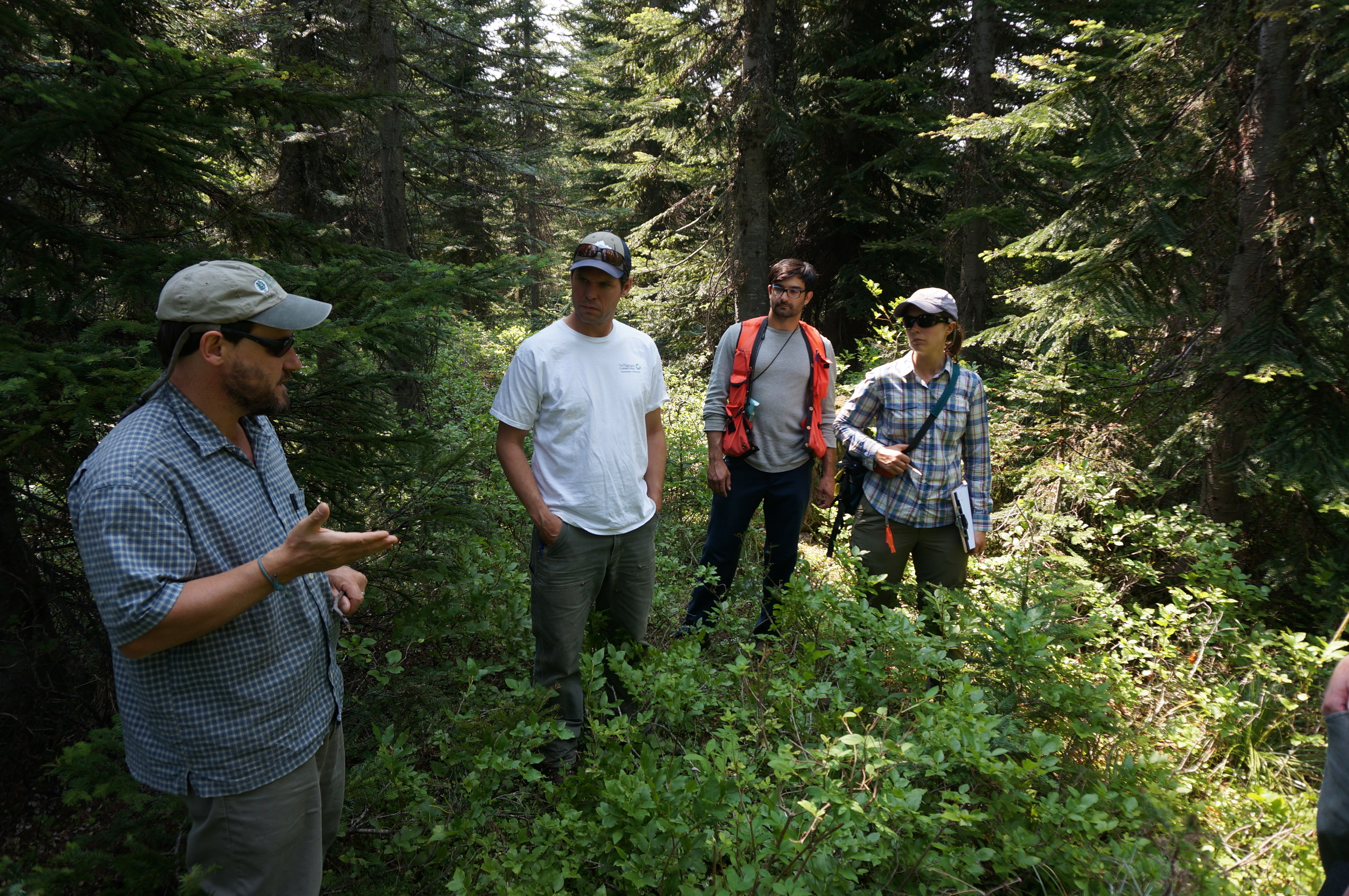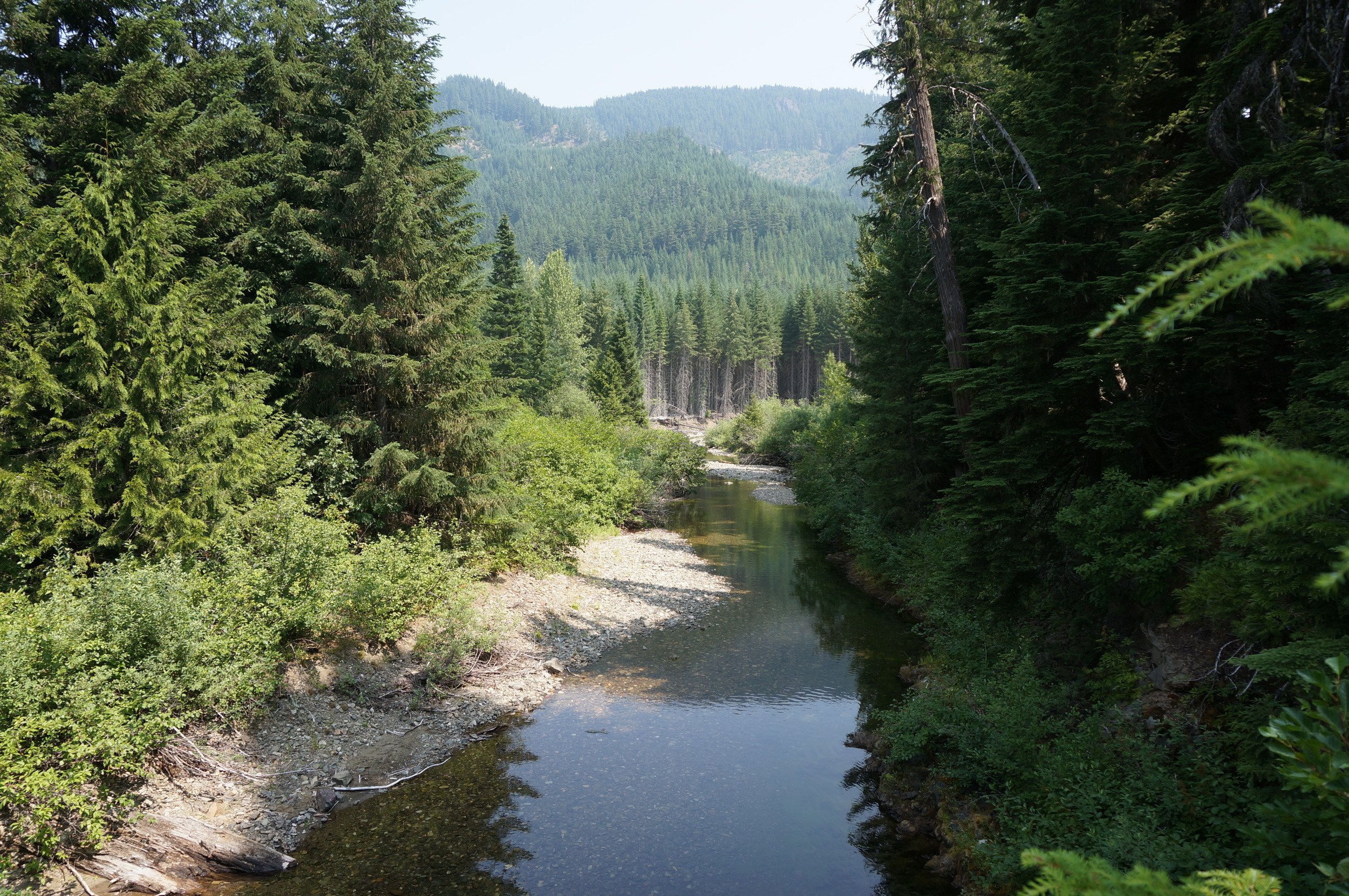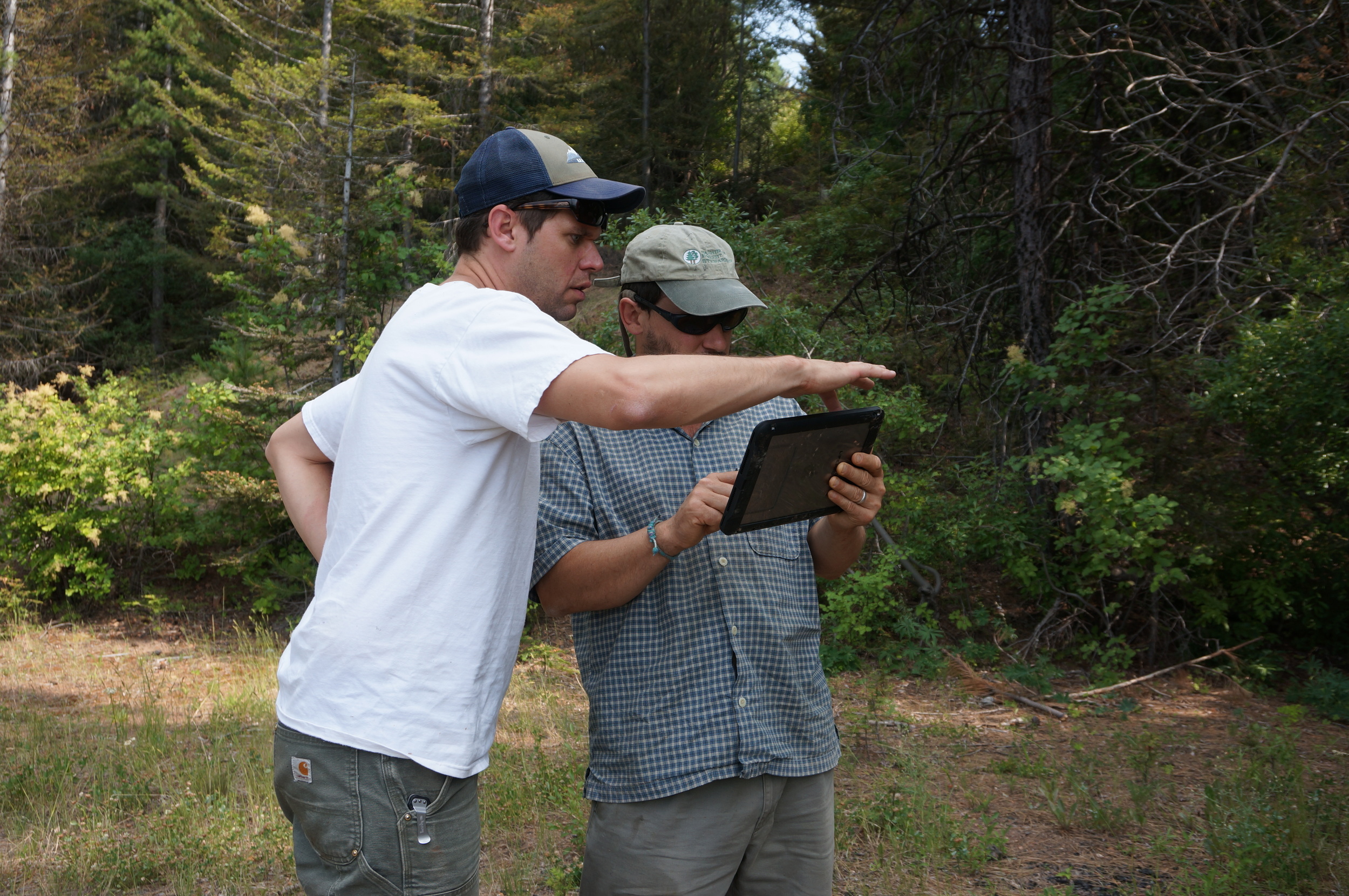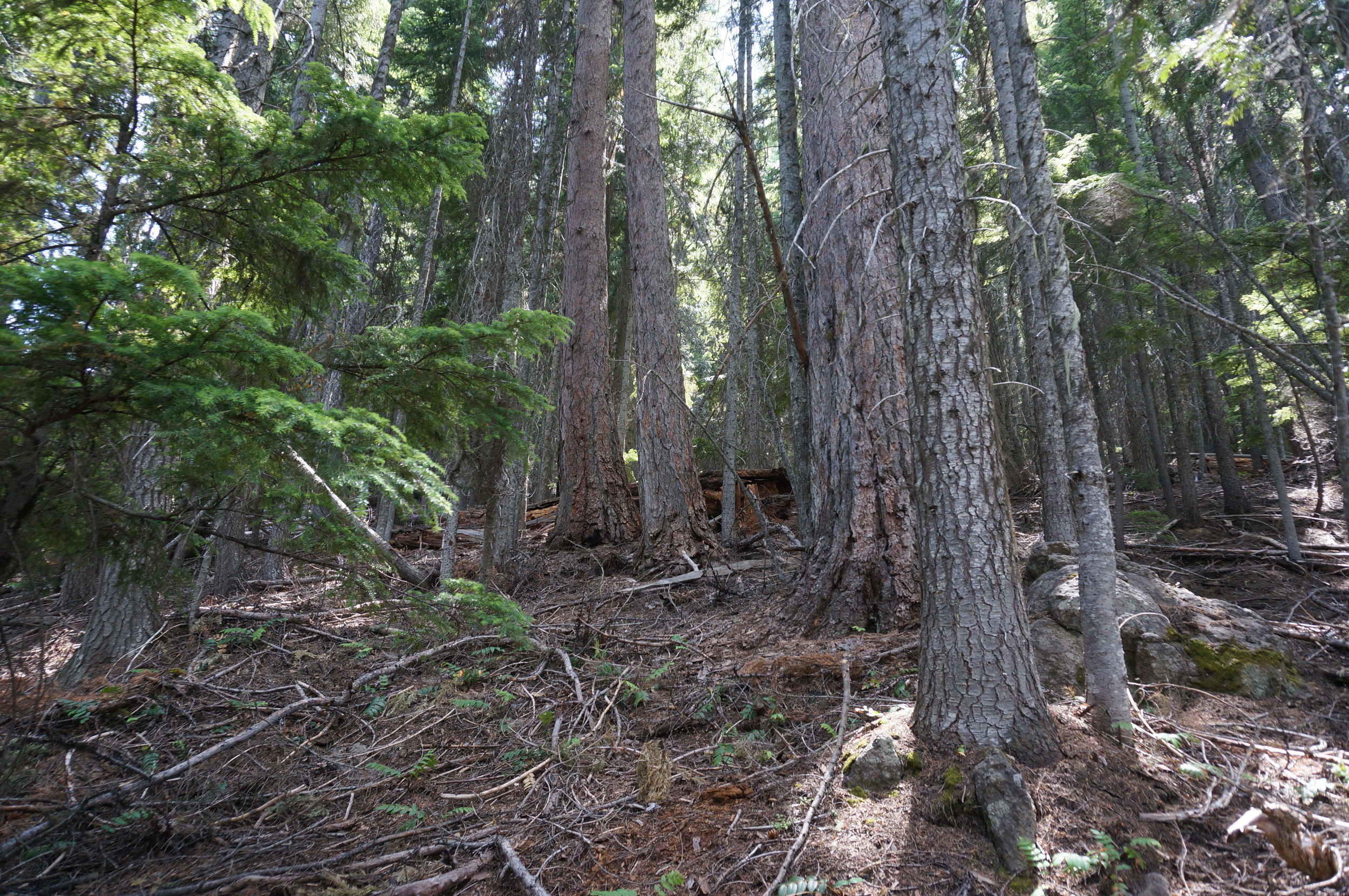The Cle Elum Wildlife Project is improving our understanding of how wildlife use and move through protected forest landscapes, providing us with an opportunity to test how forest management practices impact wildlife and building an evidence base for permanent protection.
Forest Restoration Work To Start on Cle Elum Ridge
Chewing Up Fuels to Reduce Fire Risk
In the forests along Cle Elum ridge above the town of Roslyn, heavy machinery has chewed through small trees and underbrush, grinding the shrubbery into chips in seconds, all in the name of forest health and reduced risk of wildfire.
Grinding and chipping the trees into smaller pieces increases the surface area, and once those smaller chips are on the ground and in contact with the soil, they can break down faster and quickly reduce the fire hazards on the landscape.
The Checkerboard Partnership Wants to Hear from You
A new group in Kittitas County is seeking community input to answer that question: The Checkerboard Partnership brings together an array of energized individuals, organizations and elected officials to permanently protect community access, support economic vitality and enhance conservation and forest health on this now-privately owned land. The group is exploring various ways to preserve the land.
Collaborative Forest Projects Move Forward
Four major landscape restoration projects in central Washington are in planning and environmental analysis and will be ready for implementation in 2021 or sooner. These projects span from the north to the south of the Okanogan-Wenatchee National Forest and encompass approximately 400,000 acres of high-priority restoration areas under the 20-Year Forest Health Strategic Plan led by the Washington State Department of Natural Resources (DNR).
Conservancy’s Washington Lands Reopening with Caution
In alignment with Gov. Jay Inslee’s decision to partially reopen state recreational lands incorporating social distancing guidelines, lands owned or managed by The Nature Conservancy in Washington will reopen May 5 with some important exceptions.
Both the Yellow Island Preserve in the San Juans and the popular Bluff Trail at the Robert Y. Pratt Preserve at Ebey’s Landing on Whidbey Island, will remain closed for the safety of our staff, volunteers and visitors, and for preservation of fragile lands.
New Larger than Life Map Welcomes You to the Central Cascades
Camping for a Cleaner Forest
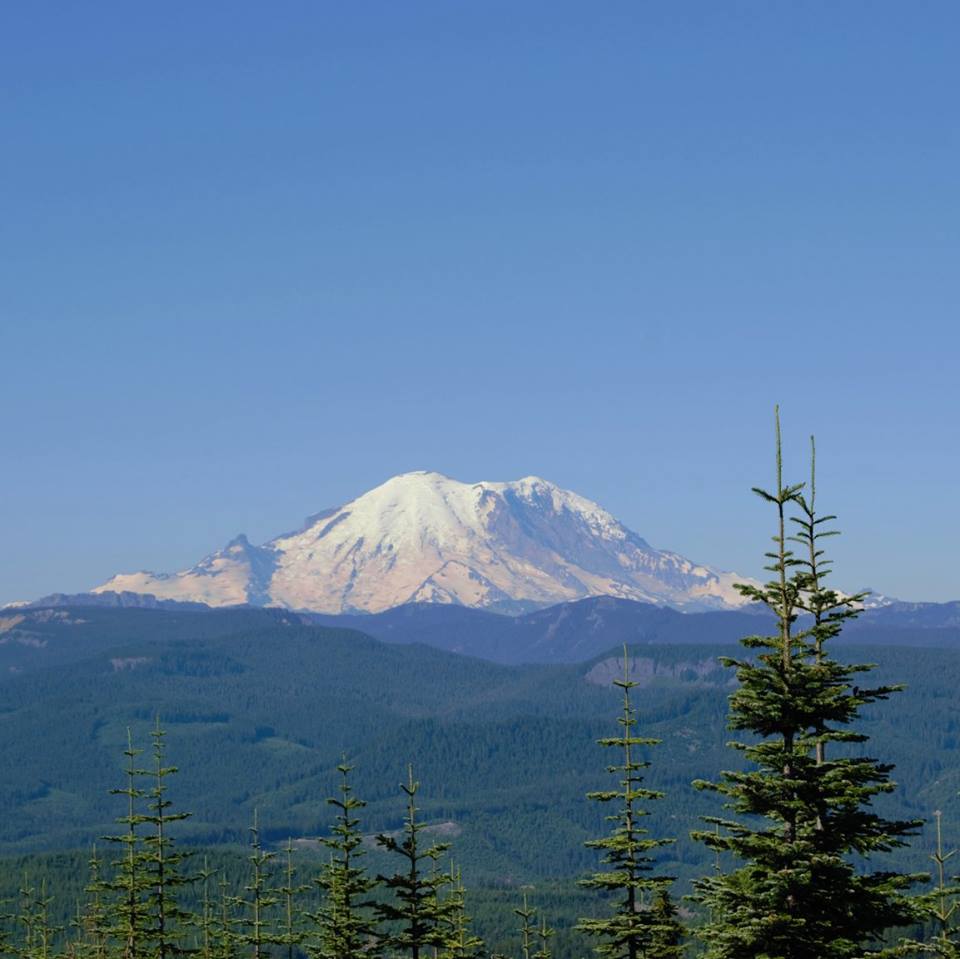
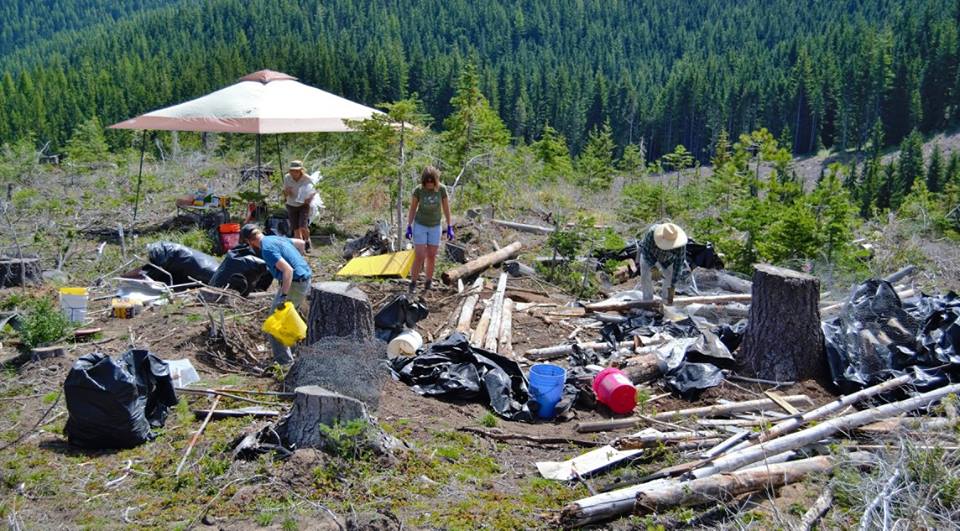
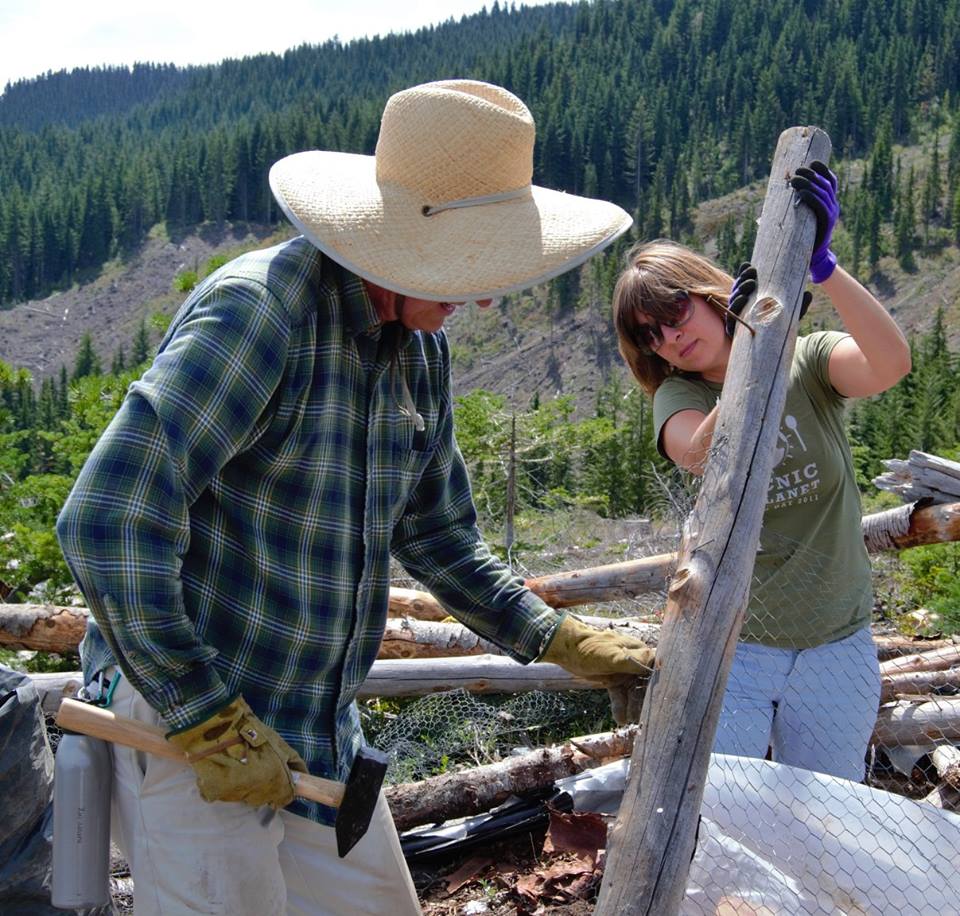
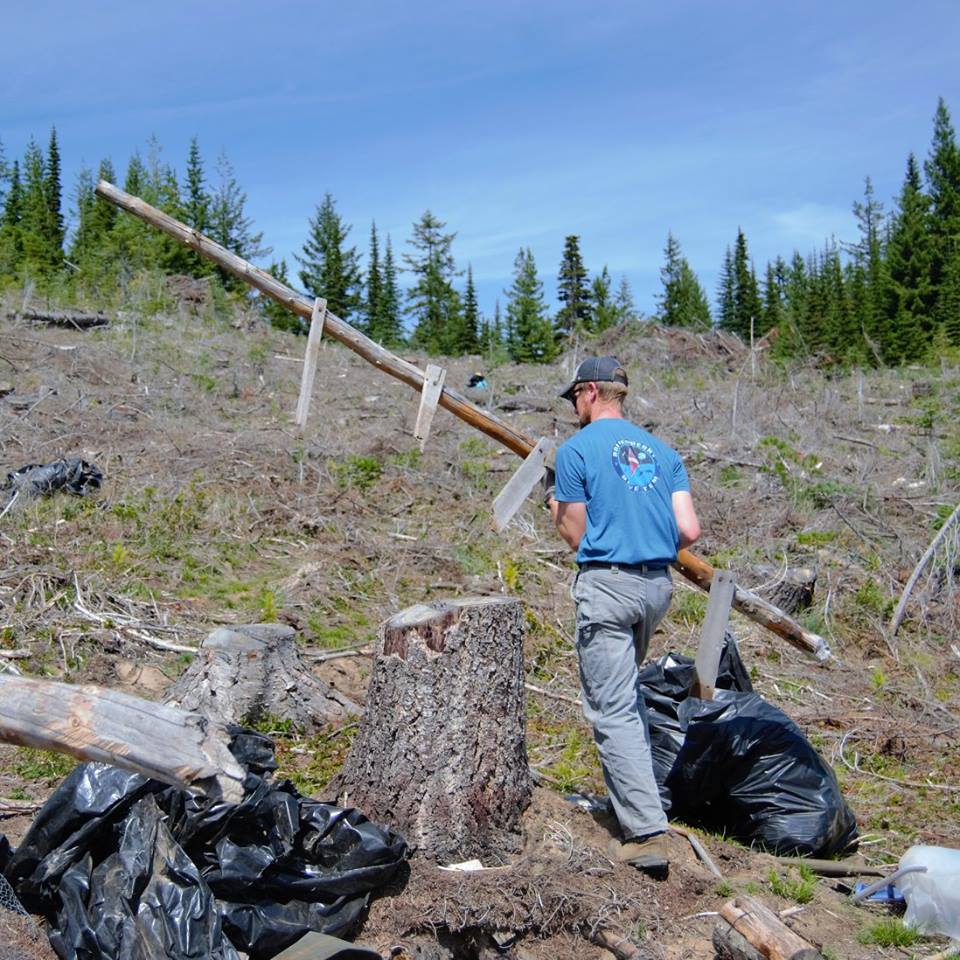
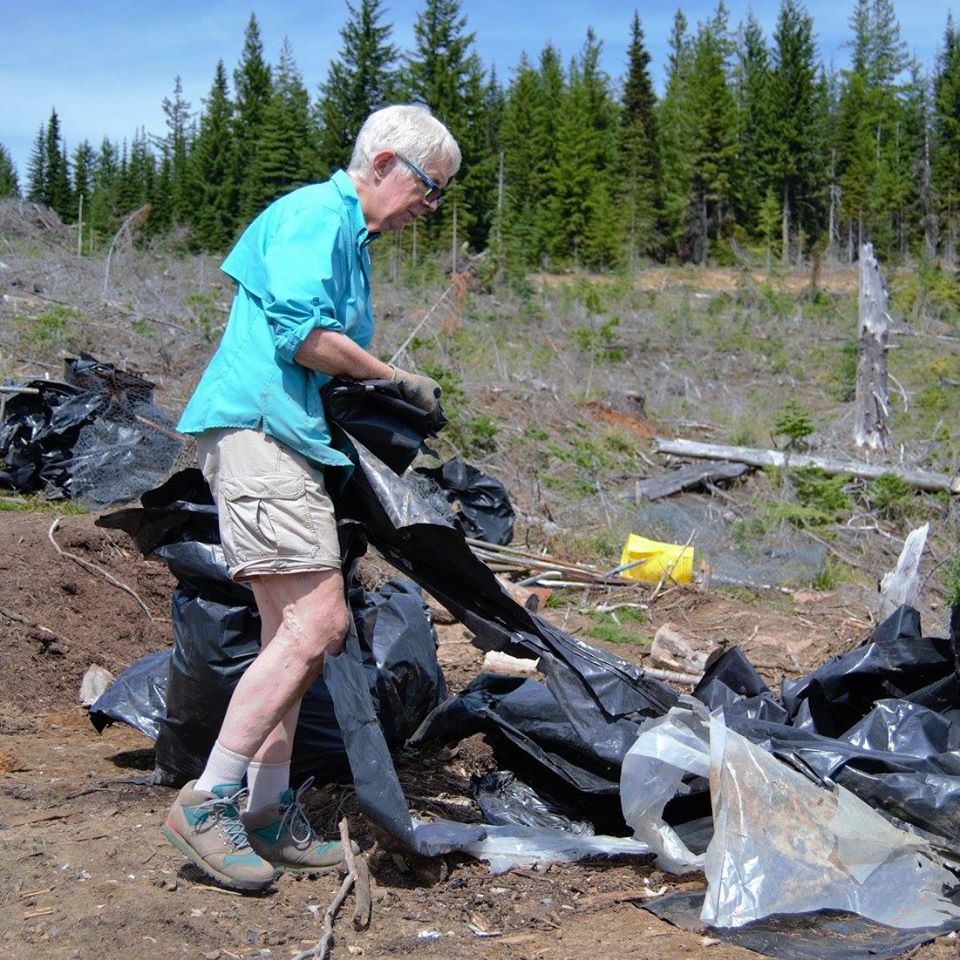

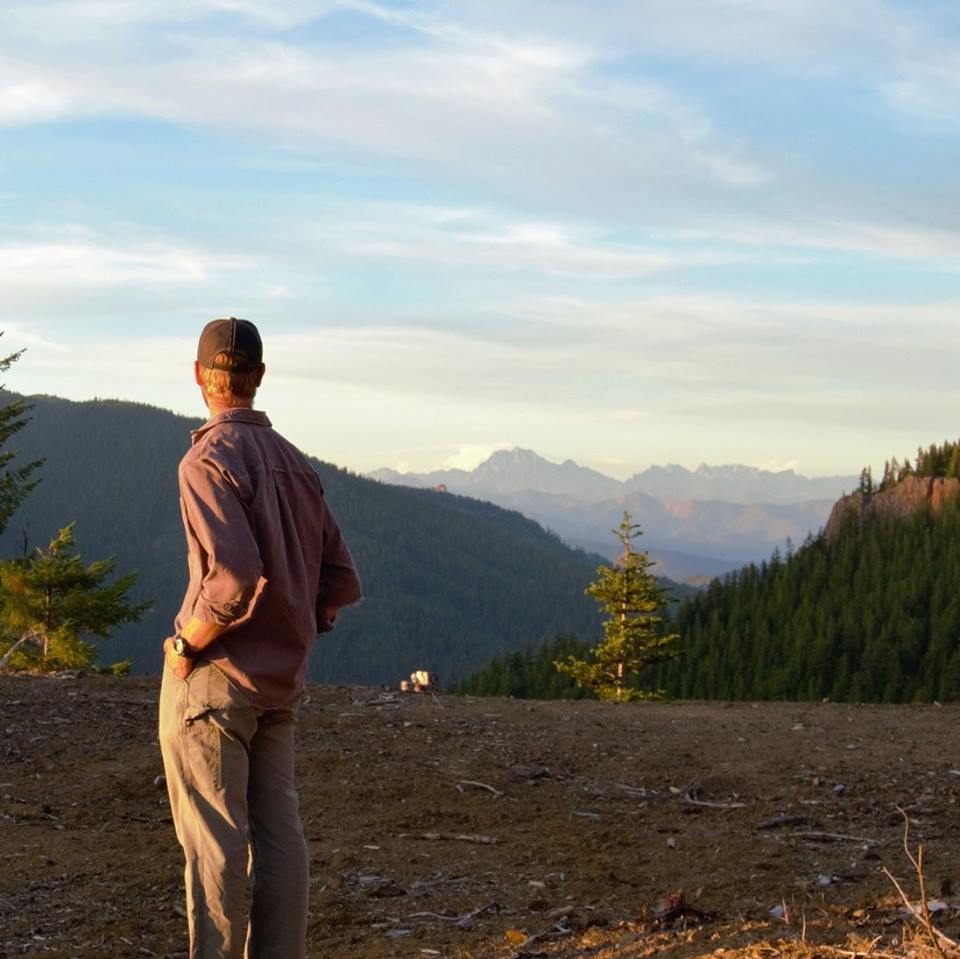
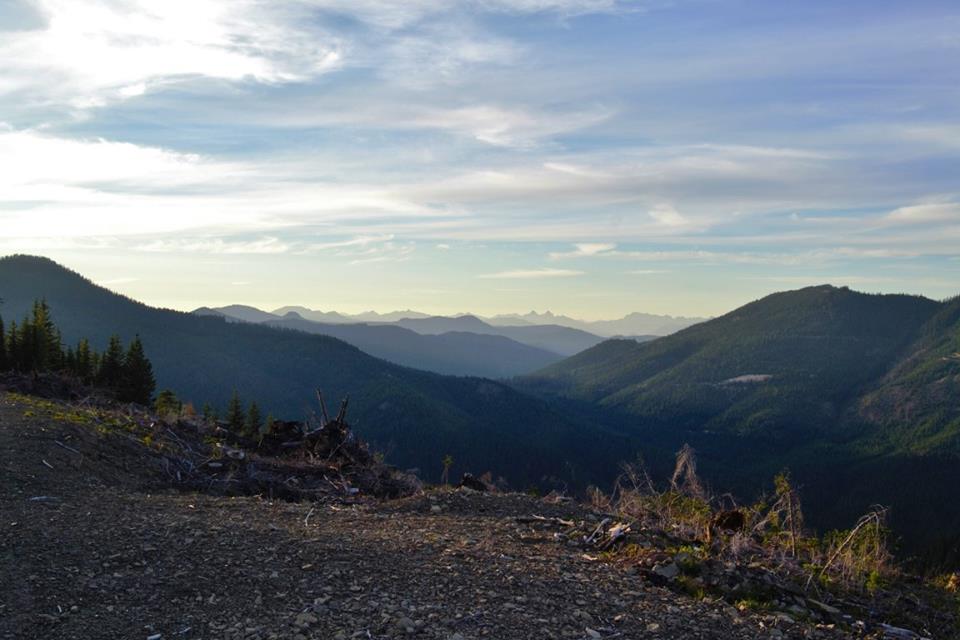
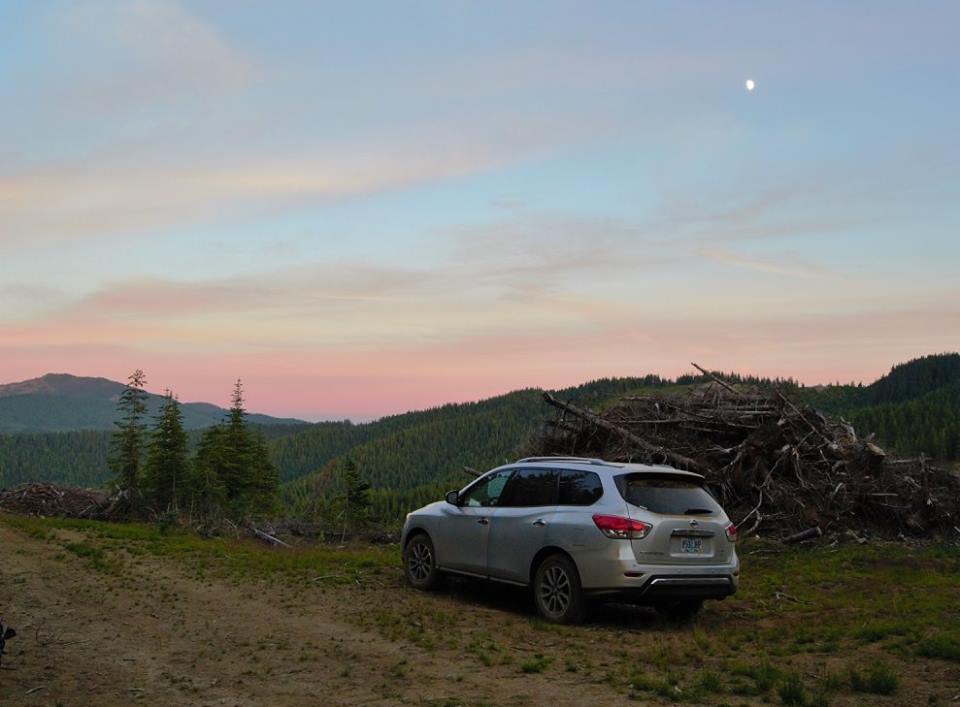
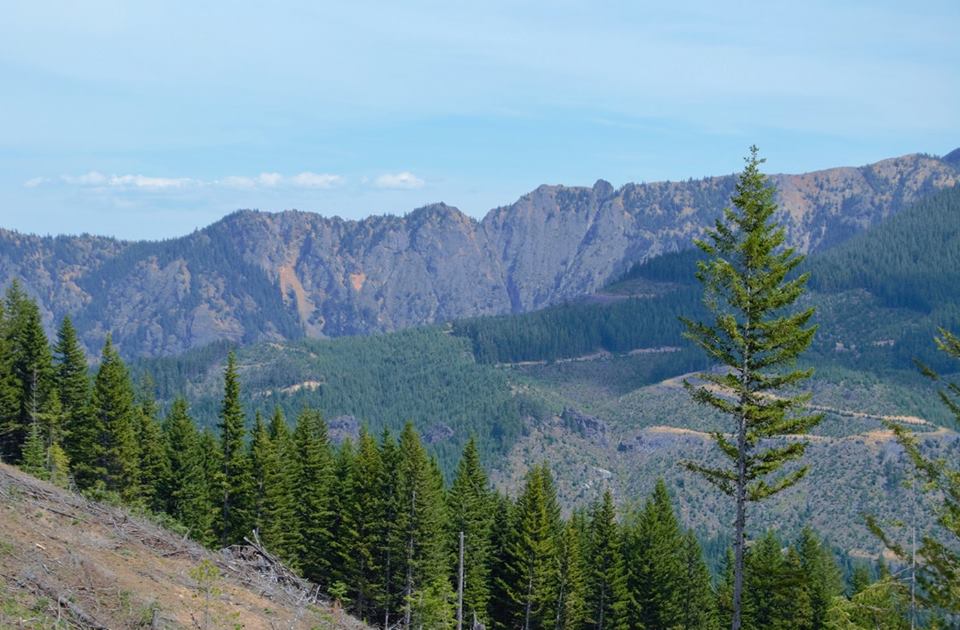

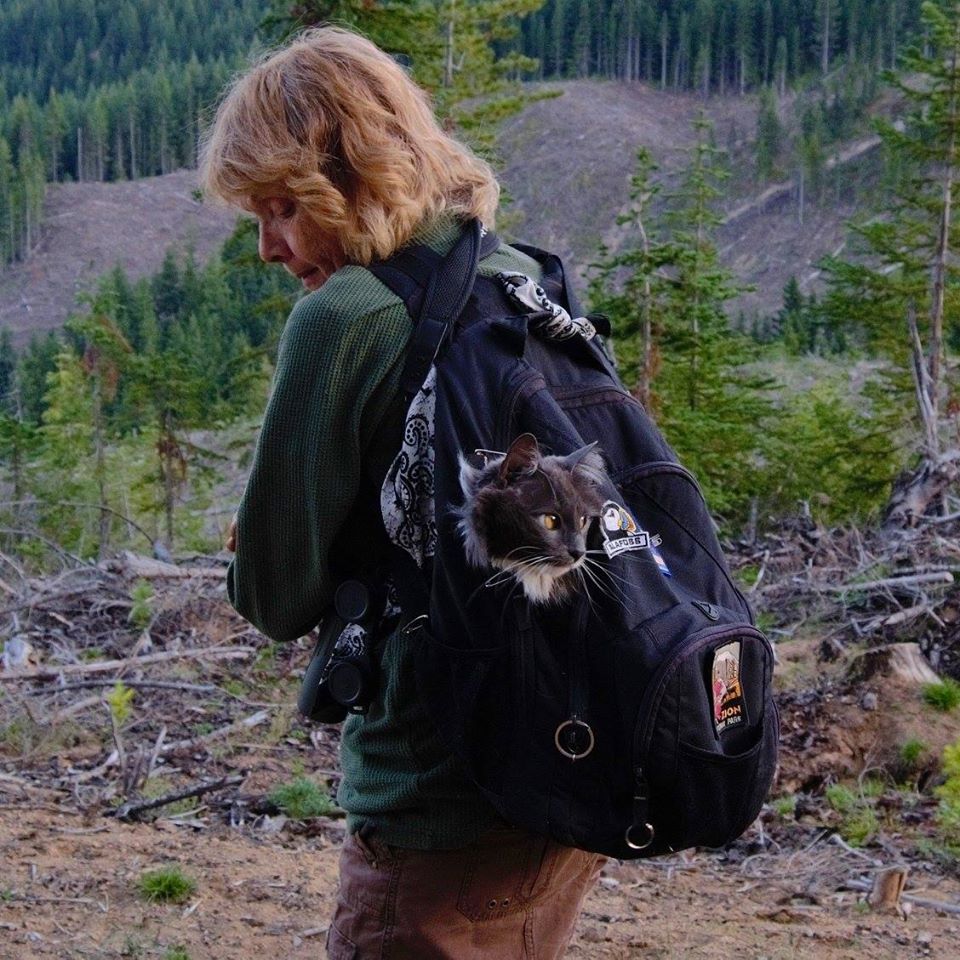
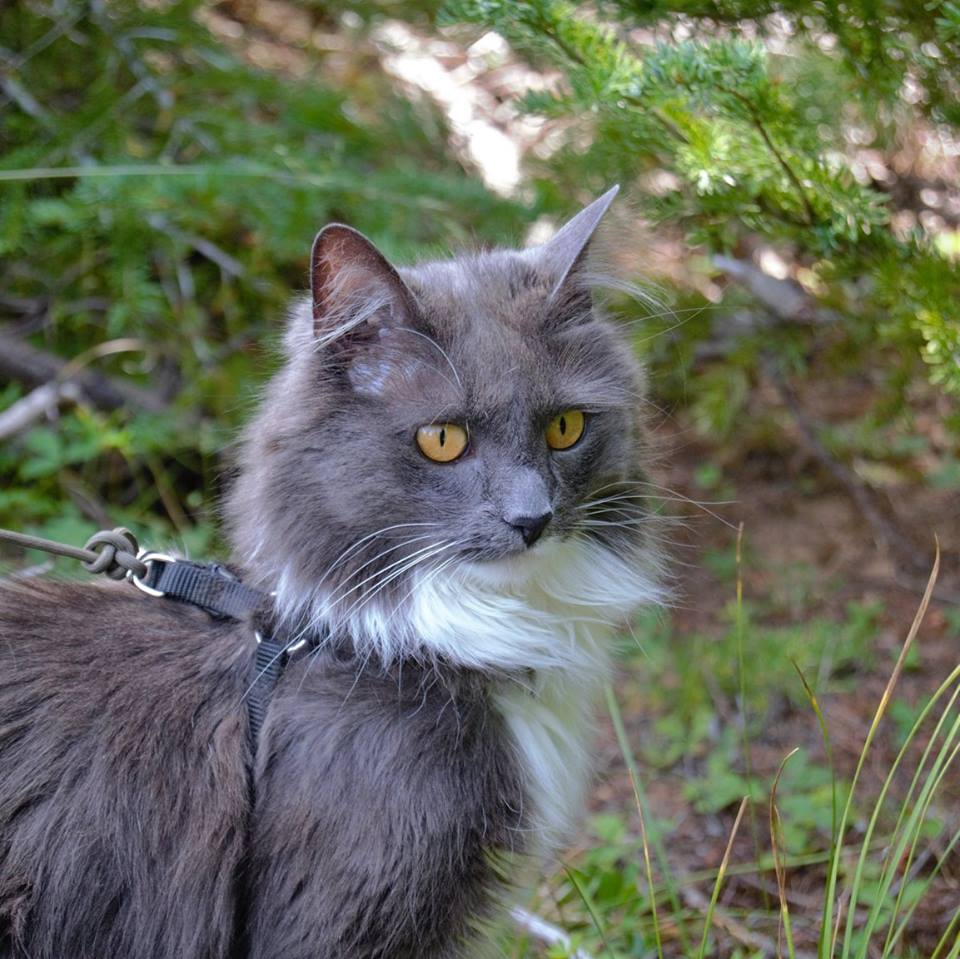
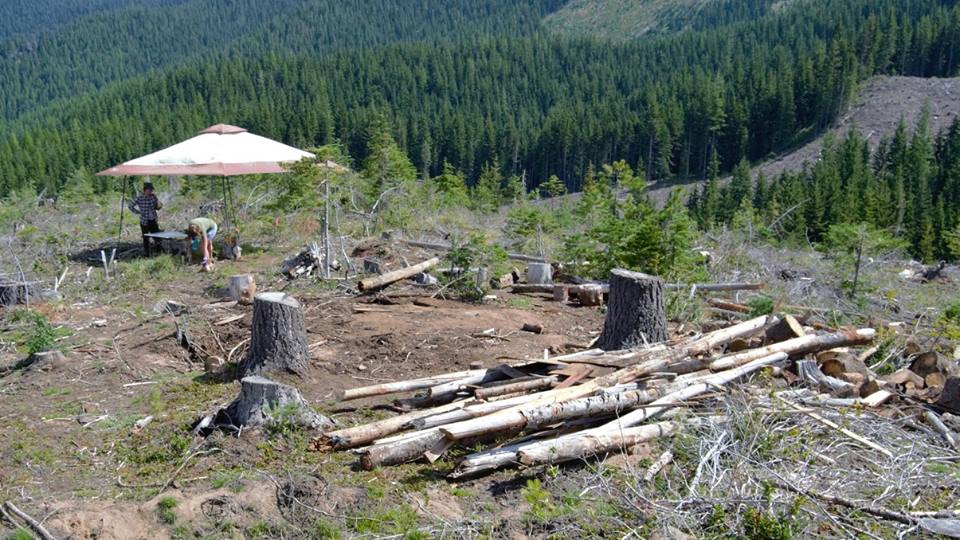

Written by Brain Mize, Field Forester
Photographed by Milo Zorzino
Foresters tend to be an introverted lot, spending our days care taking the land in solitude. So when our volunteer coordinator, Lauren Miheli, suggested an overnight camping excursion in the Central Cascades with a group of volunteers, I was a little apprehensive to say the least. I provided the idea for a project of cleaning up a couple areas where people had illegally built cabins and left garbage scattered about. I warned Lauren that this area was isolated, and was at least a 4 to 5 hour drive from Seattle. This is when Lauren came up with the idea of camping onsite to allow more time for working.
As we convened on Saturday morning, my uneasiness was quickly settled when I realized we had a small, but incredibly dedicated group of volunteers. We traveled to the project site and quickly set to work cleaning up a jackstrawed mess of rough cut logs, chicken wire, plastic, and scattered trash. The afternoon temperatures reached into the upper 80’s, and there was no shade at the work site; however, our group of 5 volunteers cleaned up the area and hauled everything 500’ up to the road in about two hours. We spent the rest of the evening setting up camp and enjoying the scenery.
By the time we split off on Sunday, our small group had exceeded all expectations of how much work we would accomplish. But more than that, the dedication of our volunteers helped me get over my anxiety, and left me wanting more. Although we have not planned our next volunteer event in the Central Cascades, I look forward to spending more time with people in a place that I love.
See our upcoming volunteer opportunities.
On the Radio: Washington’s Forests In the News
Washington’s forests are critical for water, recreation, wildlife, local economies.
The Nature Conservancy is working with many partners to restore these forest to health, to better withstand the impacts of climate change and reduce the risk of catastrophic wildfires.
LEARN MORE ABOUT OUR WORK IN FORESTS
Discovering Fire in our Forests
Written & Photographed by Brian Mize, Field Forester
Recently, I was traveling through our Central Cascades lands, noticed a strong odor and saw a small amount of smoke approximately 200’ off the road. I am very familiar with this particular location because it has been a popular spot with the local firewood poachers.
I hiked off the road and found a campfire that had escaped the ring and burned a small area. At that time, the fire was just smoldering and there was nobody around.
Acting quickly, I called the Central Washington Interagency Communication Center in Wenatchee, and they sent out the dispatch to any local fire engines. A Forest Service engine was the first to respond and arrived shortly after. They ran a quick hose line to the fire and extinguished all the heat and put a hand line around the burned area. Afterwards, a Dept. of Natural Resources engine arrived along with a DNR law enforcement officer.
This was clearly a human caused fire, but we did not find any evidence that could pinpoint any specific individuals. There was evidence of recent firewood theft in the immediate vicinity.
Overall, this ended up being a small incident; however, if I had not spotted this fire when I did, it could have developed into something greater in scope. This area is very brushy, steep, and the high temps that day were above 90 degrees. With a little wind, this fire had high potential for spread.
We love that we can provide as much access to the outdoors as possible to our local communities with our lands. It was a good reminder that although fire season has been off to a slow start this summer, we still have a long way to go.
Learn about Fire adapted Communities
Out with the Old, In with the New
Written by Lara Gricar, Central Cascades Community Coordinator
Photographed by Brian Mize, Central Cascades Forester
On a rainy winter day in the Central Cascades we began the adventure to find and replace all of the old Plum Creek Timber Company signs scattered across the Cle Elum Ridge. The Nature Conservancy purchased 47, 921 acres of forestland in the Central Cascades from Plum Creek Timber Company in December 2014 to connect, protect and restore the land for people and nature. A little over a year later we are posting signs as a continuation of our efforts to help people understand what land we own, how it can be used, and where to find more information about our work in the Central Cascades.
Brian Mize, Central Cascades Forester, and I took on this task, and let me tell you, it is not always easy to attach a 24 x 18” sign to a tree surrounded by soft snow and deep voids. At lower elevations there was very little snow so it was quite a stark difference as we traversed up and down the land. Thankfully we had our trusty snow machine to stand on when needed!
The best part of the day was when we had the unique opportunity to see a set of cougar (mountain lion) tracks. They were located about a mile east as the crow flies of the Cle Elum-Roslyn schools off SR 903. Several key clues were the larger track size, lack of claw marks which are visible in tracks left by members of the dog family, and the tail drag marks in the snow between prints. I learned that it is really helpful in the field to take a photo of the track next to a familiar object such as a glove so that you have a point of reference to use when evaluating track size.
Alas, after a full day of crisscrossing the land we finished installing all of the new signs on the Cle Elum Ridge. Now, onto the next tract of land!
LEARN MORE ABOUT OUR WORK IN THE CENTRAL CASCADES
A Snowy Holiday in Our Central Cascades Forest
Photographs by Lara Gricar, the Central Cascades Community Coordinator
The snow is here, just in time for the holiday! Enjoy these great photos on our 48,000 acre forestland acquisition in the Central Cascades! Cle Elum Ridge looks so peaceful.
Revelling in the Beauty of Roslyn
Scenes from our October Membership Hike through the Central Cascades
Photographed by Hannah Letinich, Volunteer Northwest Photographer
The Conservancy preserves some of the best places to view Autumn's colorful arrival. Members were in for a treat during our fall membership hike through the Central Cascades. It was exciting day learning about the wondrous beauty of our 48,000 acre acquisition near Roslyn. Members enjoyed the scenery and had a chance to learn firsthand the work our foresters are doing to keep Washington beautiful. See photos from the day in the slideshow above!
Become a member, today.
An Amazing Race through the Central Cascades
Seeing the finish line AS WE RESTORE Washington's beautiful forests
Written by Mike Stevens, Washington State Director for The Nature Conservancy
One of my personal highlights of the month was running in the Cle Elum 30K Trail Run on the 26th. Our Senior Attorney Brian Todd ran the 50K. The race cuts across the checkerboard country in the Manastash/Taneum Ridge and Taneum Creek area – including The Nature Conservancy’s ownership. Through every bead of sweat and hard work during my run, there were highlights such as the great trails predominantly used by motorcyclists and some gorgeous views out across the forested ridges and up and down the Tandem watershed.
At every long trail run I’ve done, there is a moment where the running becomes real work but the effort brings my mind into sharp focus, which in turn brings the landscape to life. At the Cle Elum run, that moment came along Taneum Creek. The trail crosses over wooden bridges and winds along the creek, making for fun downhill running with short, hard uphill sections.
The sounds of the creek, chickadees and nuthatches, and of yellow fall cottonwood and aspen leaves streaming off the trees. The sunlight streaming through the woods. The sharp crisp scent of fall in the meadows. These were my companions for a last challenging and rewarding hour of running. I came into the finish, my prize a big hug from my wife and a fresh piece of pizza from a wood-fired oven.
Afterwards, Brian and I shared notes on the day and then it was back to the city, feeling sore, yet motivated and even more invested in our work in the Cascades.
SOARING ABOVE THE CENTRAL CASCADES
Volunteers recently took to the skies to capture this amazing footage of our recent 48,000 acre forestland purchase in the Central Cascades.
Footage by Whitney Hassett / Geodesy
HIKING OUR LAND
Member hikes in the Central Cascades
Written by Cailin Mackenzie, Marketing Intern
Photography by Nathan Hadley
One of our wonderful members who joined us for a hike last week referred to the Forests for our Future as “our land.” This simple turn of phrase represents what makes The Nature Conservancy able to create significant environmental benefit at impactful scale: dedicated supporters with deep passion about the lands and waters we all protect.
Our forest team has led two hikes with Conservancy members this fall, with another coming up in October. Our members are truly partners in our work to sustain Washington’s natural resources for future generations. On the hike, one member showed our group what a Douglas fir pine cone looks like after as squirrel has enjoyed his lunch. Another taught about her work with the wildlife bridges along the I-90 corridor. I don’t know about you, but after I’ve helped core a Ponderosa pine, counting its rings and starkly seeing different growth rates over its long life, I feel a deeper connection to the systems that nourish me. When I see 1000 species of flora and fauna growing proximate to almost 1800 people, I better understand the challenges and opportunities of living with nature for a symbiotic future.
Hiking with members has been an inspiring opportunity to be invigorated by the commitment of our community to the work we do. This community of resolved support will help stitch together Washington’s landscapes and strengthen nature’s remarkable capability.
Connect and restore forests to break the cycle of megafire
Fragmented ownership and poor management have left our state’s forests primed for catastrophic fire.
Written by Robin Stanton, Media Relations Manager
Photograph by Benj Drummond/LightHawk
Weaving the land back together and implementing big restoration actions that cross ownership boundaries will help prevent megafires.
CONNECTING FORESTS
If you look at a map that shows ownership boundaries in Washington’s eastern forests, you’ll notice a distinctive checkerboard pattern of public and private ownership. That’s a legacy of the land grants of the 1860s, when the federal government gave alternating square miles of land to the railroads to encourage them to reach the West Coast.
Today, that fragmented pattern has led to more development in the midst of the forest where it’s vulnerable to fire and breaks up habitat and recreation areas. It also means forests have been managed piecemeal, without a holistic, science-based plan for largescale restoration.
The Conservancy has been working for more than 10 years to fix this fragmentation, by bringing more of these private lands into public and conservation ownership. Our most recent acquisition of 48,000 acres in the Central Cascades is a big step forward in this work.
RESTORING FORESTS
A recent study by Conservancy and U.S. Forest Service scientists show that 2.88 million acres of eastern Washington forests are in need of restoration, both by thinning trees and using controlled burning to clear out forest fuels that have accumulated for a century.
We’ve led the way with a pilot restoration project on 20,000 acres in the Oak Creek Wildlife Area west of Yakima where we thinned understory trees and shrubs according to a carefully designed plan: Cutting away small 10- and 20-year-old Douglas firs gives 400-year-old ponderosa pines light, air and water to thrive. Thinning smaller trees also prepares the forest for controlled burning, which further enhances the forest’s resilience to future wildfires.
Today, we’re working through the Tapash Sustainable Forest Collaborative (see below) to plan and implement an 80,000-acre restoration project in the Manastash-Taneum area east of Cle Elum. This collaborative restoration will encompass federal, state, and Conservancy forest lands and is expected to get underway this year.
It’s essential that the Conservancy and committed partners act quickly to restore eastern Washington forests to make them less vulnerable to megafires. Forest collaboratives comprised of private stakeholders, as well as state and federal agencies, are coming together across the West to overcome barriers and find solutions to the issue of improving forests’ resiliene and health. The Nature Conservancy is engaged in and is a leading partner of many of these collaborative groups in Washington:
Tapash Sustainable Forest Collaborative: The Conservancy took a lead role in forming the Tapash Sustainable Forest Collaborative in 2006 with the aim of bringing together state and federal agencies, the Yakama Nation, and private landowners to increase the pace, quality, and scale of restoration projects across 2.3 million acres of eastern Washington forest.
Northeast Washington Forestry Coalition: The Nature Conservancy is engaged in the Northeast Washington Forestry Coalition, a group of diverse stakeholders working together since 2002 to promote forest restoration that is beneficial to forest health, public safety, and local economies. The coalition’s priorities, such as fuels reduction projects, serve as examples of successful collaborative work for the public and similar organizations.
North Central Washington Forest Collaborative: The Conservancy is a leading partner in initiating The North Central Washington Forest Collaborative.
The Nature Conservancy helped to establish the Washington Prescribed Fire Council, a coalition of agencies and stakeholders working to safely introduce more prescribed fire into the landscape.
WHAT’S BETTER THAN A GOOD HIKE?
Written and Photographed by Cailin Mackenzie, Marketing Intern
Last week, Conservancy members explored our conserved land in the Central Cascade region with James Schroeder, Director of Forest Conservation & Partnerships, and Brian Mize, Central Cascades Field Forester.
We smelled Ponderosa pine bark, which smells like vanilla, cinnamon, or even coconut for different people. We learned how a native species like spruce budworm can become a pest because of habitat disturbance and climate change. And we observed how reuniting the fractured Cascades checkerboard will benefit wildlife, water, climate, and people for generations.
There are three more opportunities to hike with us on our new acquisition! Let this special place inspire you on Wednesday, September 16th; Saturday, September 19th; or Sunday, October 4th. RSVP to WaEvents@tnc.org - we’d love to share our work with you!
Central Cascades Hike Scouting
Creating a little tour of a very big backyard
Written and Photographed by Carrie Krueger, Director of Marketing
It’s thrilling to be offering the tiniest of tours of our new back yard. 48,000 acres is an awful lot to show off, so for our member hikes this year, we’ll have to settle for just a peek at all our land in the Central Cascades has to offer.
Mapping the route for these member hikes proved tricky. The landscape is inherently rugged and steep. Despite our efforts to weave together the fractured landscape, property ownership is still disparate and a desirable path may cross many boundaries. Some of the land is crisscrossed with trails used by a variety of recreationalists but not necessarily suited for hikers.
I was lucky enough to spend a day with our forest team searching for the perfect hike. It was not just another day at the office! Over the course of several hours, I took in old growth, stunning views, restored landscape and places in need of work. I was most struck by the birds and butterflies. They seemed to be everywhere, even following us as we explored.
The trek also allowed me to talk with our forest team and hear more about the work they are doing to develop a management plan for the land. If you’ve ever done a home remodel, you know that having a plan is critical. Think about creating that vision and the practical details for 48,000 acres! The need for restoration is evident as is the potential for community benefit in the form of jobs and recreation. This land can be a real win for people and for nature.
As we hiked, we mapped every twist and turn using GPS, noting elevation gains and asking ourselves, “Would this be fun for a group hike?” With you in mind, we came up with a route that we think is beautiful, challenging but not too hard, features beautiful views and most important tells the story of why these lands matter and why we need your support to protect and restore them.
Join us on what we hope will be the first of many adventures in your new backyard. We’ll be taking people out on our new route August 8, September 16 and October 4.
You can get details and RSVP at WaEvents@TNC.org.
Hope to see you out there!
Forests for Our Future: Progress on a Plan
Management of nearly, 50,000 acres of forestland in the Central Cascades
Written & Photographed by Ryan Haugo, Senior Forest Ecologist
Last winter we celebrated the acquisition of 47,982 acres of forestland in the central Cascades from the Plum Creek timber company last winter with lots of high fives and back slaps. Yet we knew that the “real work” still lay ahead of us. We knew that soon we would be very busy writing the Central Cascades Forests Management plan.
What does a management plan for the conservation of nearly 50,000 acres across the central Cascades look like? This plan will cover everything from our overarching conservation objectives to details on recreational access, timber management, and ecological restoration strategies.
Just over six months later and we are deep into the development of the Central Cascades Forests Management Plan. First off was a series of community outreach meetings, in Cle Elum, Ellensburg, Yakima, and Seattle. Now we are busy synthesizing everything we know about these lands and developing the framework to guide management for years to come. Most certainly a daunting task. Luckily, we are able to work with some of the premier ecologists and forest management consultants in WA State, Northwest Natural Resources Group and Stewardship Forestry, in drafting our plan.
What does it take to write a forest management plan for nearly 50,000 acres? Analysis of inventory data, field verification and surveys, ecological modeling, developing maps, and lots of discussion and creative thinking. While this inevitably involves (too much) time in front of computer screens, it also means that we need to get out and get to know these lands in person.
While I’m not sure if we can yet say that the finish line is in sight for the management plan, it is certainly getting closer. I know that the entire team is excited to soon be able to share the details of our plans for these lands. Time and again during the community outreach meetings, I was struck by the long history and deep personal connections that so many people across Washington have with these lands. It is quite a responsibility and honor that we now have to steward these diverse and amazing lands.
Learn more about the Forests for Our Future.








































